Mitsubishi Pajero Sport review and buyer's guide
Pajero Sport is an excellent value off-roader if you need a 4WD with a reliable diesel engine, good fuel economy and enough towing power. This tough 7-seater is a wise choice for adventurous families.
The Mitsubishi Pajero Sport is such a good-value proposition if you need a highly capable 4X4 wagon with good payload capacity and robust fundamental engineering baked in.
This is one seriously well-designed, reliable and clever off-roader that puts much more expensive 4-wheel drives to shame and in this report, we’re going to examine why Pajero Sport punches above its weight.
If you want to save $30,000 on an equivalent family-friendly 4X4, you’re in the right place.
You can download the full Pajero Sport brochure & specs here >>
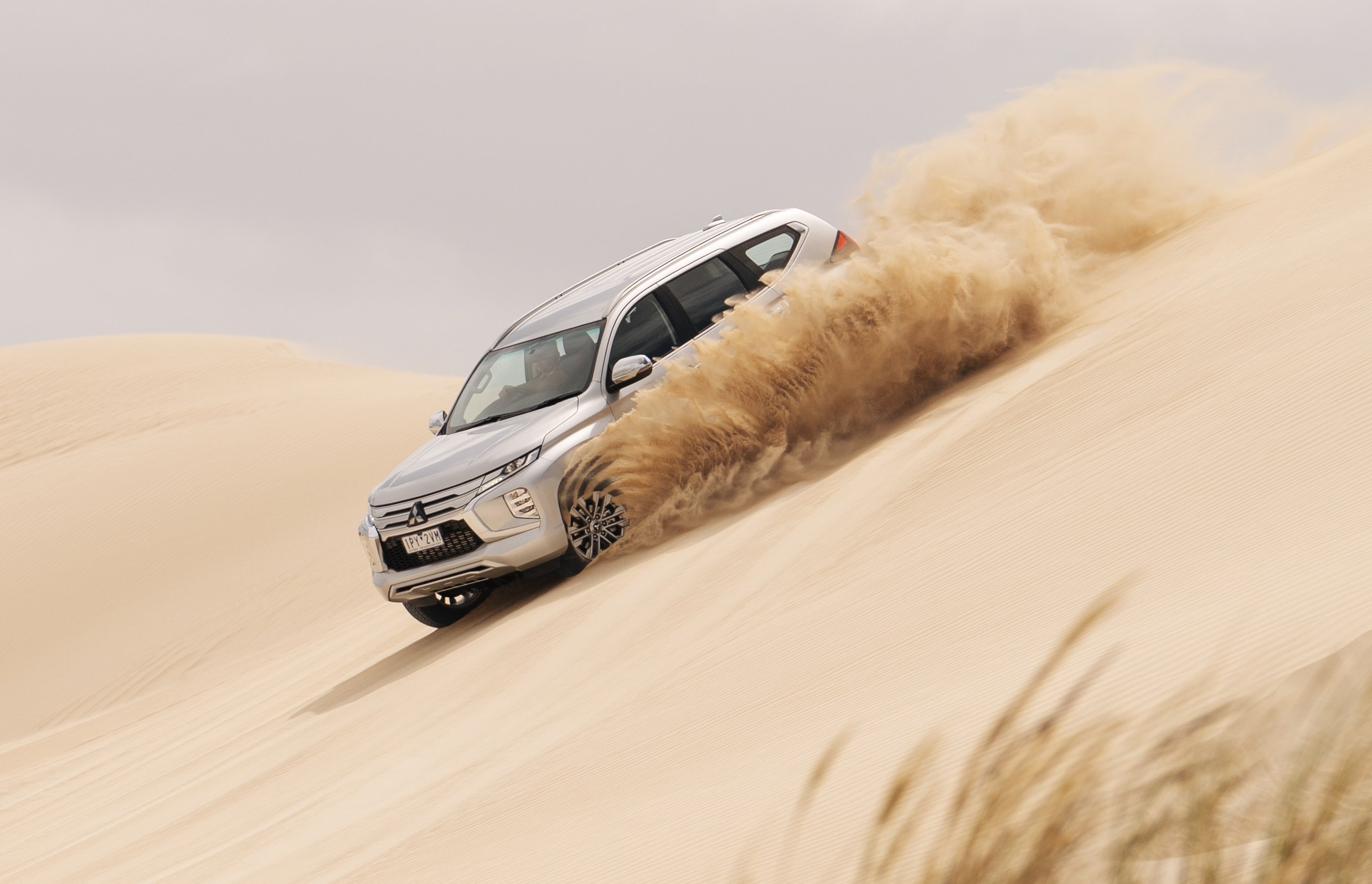
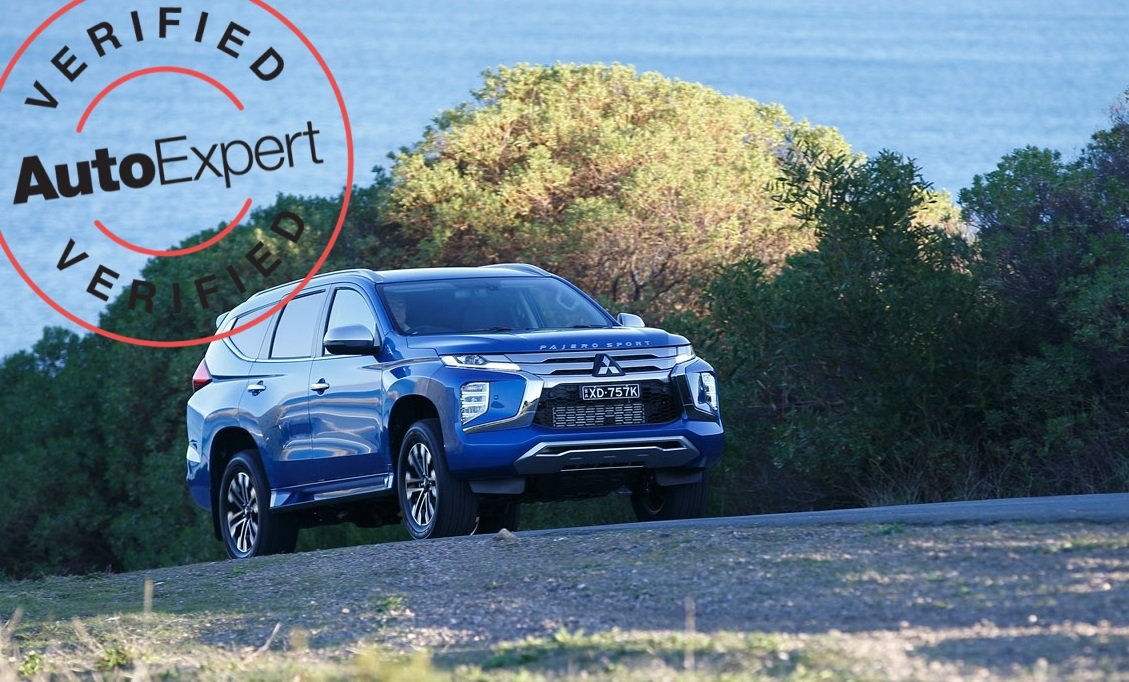
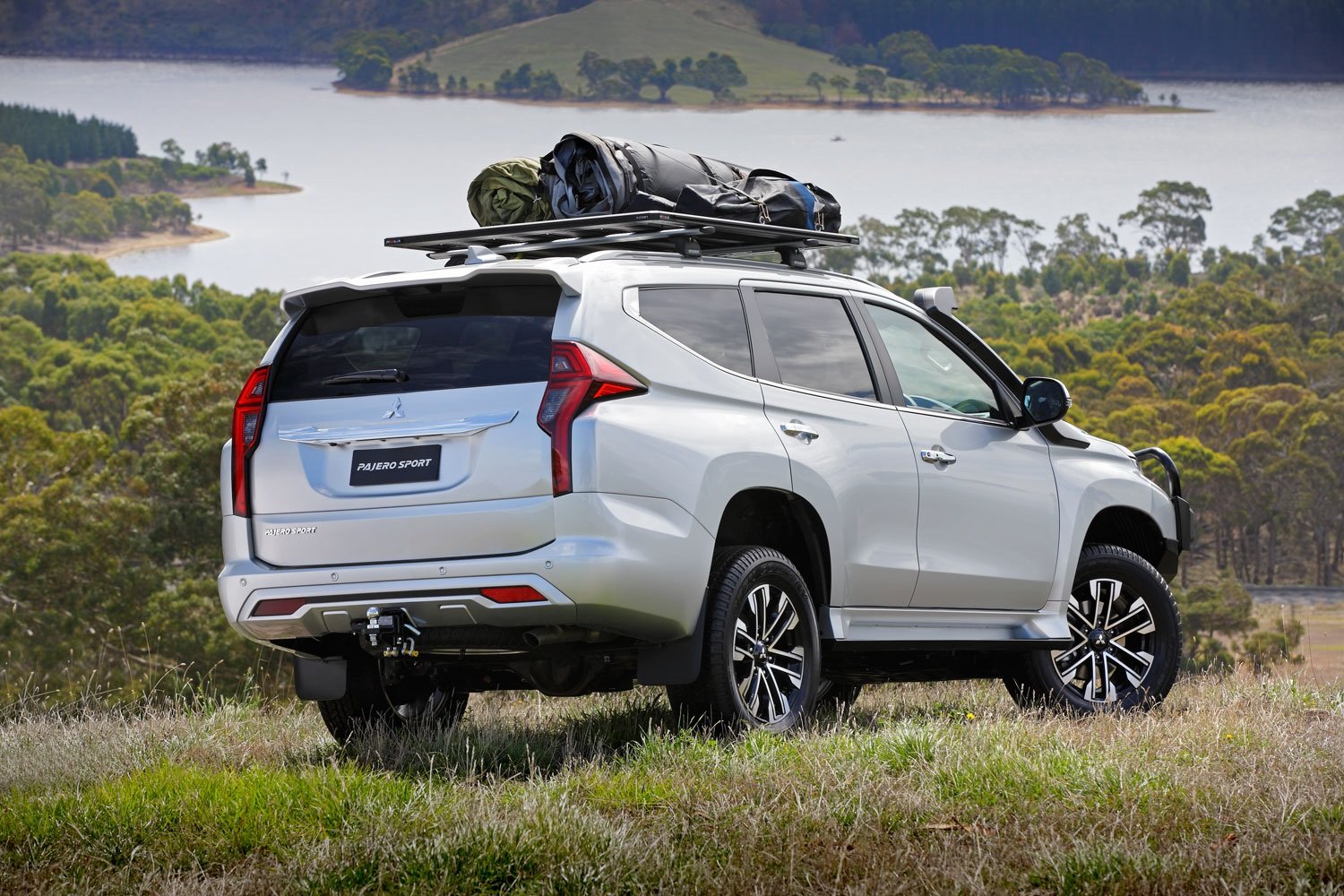
Mitsubishi has sold Pajero Sport in very decent numbers against the cultural monolith that is Toyota’s LandCruiser. It’s generally among the top 5 in its class, but what’s truly impressive about Pajero Sport is the fact it offers all the same performance and capabilities, but for a fraction of the price.
Pajero Sport isn’t the biggest seller in the 4WD wagon market, but it is one of the most competitive in the ute-based sub-segment. What does that mean? Well, Ford Everest, Isuzu MU-X and Pajero Sport are, below the sheetmetal, all utes adapted to become a wagon-body 4X4. So they’re a ladder frame, with the body bolted on top. This is distinct from Prado, LandCruiser and Patrol which are all ‘unibody’, meaning they’re designed primarily as big off-road wagons.
Pajero Sport is built on the Triton ute, Everest is a Ranger under the skin, and MU-X is a D-Max in new clothes, with necessary changes to their key suspension components, and minor interior dressings like dashboard, trims and rear seating.
Prado, LC300 and Patrol are wider compared with Pajero Sport, Everest and MU-X, because utes are slimmer by-design due to their main role as carrying vehicles, where length is the most useful dimension - putting stuff in the tray is their purpose. But the unibody wagons are built more towards passenger accommodation, which is why they’re better vehicles for high-mileage long-haul touring duties.
The price you pay for that more specific long-distance comfort is, obviously, more money. Costs to produce a 4X4 wagon adapted from a ute platform as much less than designing an entire vehicle for that purpose from the ground up.
The LC300, the beastly V8 Nissan Patrol and the Toyota Prado are all much bigger, much heavier and tens of thousands of dollars more expensive than a Pajero Sport. But here’s the rub: They all do the job just as well as a Pajero Sport. i.e. there isn’t really much tangible advantage to spending-up with those vehicles, aside from cubic inches of space.
Essentially what you get in a ute-base 4WD is a massive portion of the off-road capability pie, with only a minor slice that is the compromise in terms of overall refinement. A Pajero Sport Exceed does 83 per cent of the towing that a LandCruiser does, but is 64 per cent cheaper than a mid-spec GXL LC300. Granted it’s not quite as comfy, but we’ll get to that shortly.
Critically, even among the ute-based wagons like Everest, MU-X and Toyota Fortuner, the Pajero Sport has a unique capability that sets it apart, an advantage that raises its value substantially above the higher-volume sellers it competes against. We’ll get to that as well, below.
All of these models mentioned above, like Pajero Sport, have been continuously updated, which spikes demand and sales. So Mitsubishi has answered the call with a GSR top-spec version to sex-up the Pajero Sport for the next year - until it gets replaced by the new Triton-based version >>).
NEW PAJERO SPORT IS COMING IN 2025
If you go to a Mitsubishi dealership right now, you won’t be able to buy a brand new 2025 Pajero Sport from the dealer. That’s because it’s no longer on sale while Mitsubishi waits for the all-new model to arrive later in the year.
This action is being taken to avoid paying hefty fines for its older models that won’t comply with the new vehicle efficiency standards that take effect from March 1, 2025, with fines starting as of July 1st.
Mitsubishi has done the same with the ASX and Eclipse Cross, with completely new models arriving throughout 2025, including hybrids and plug-in hybrids.
Mitsubishi Australia says:
Due to updated Australian Design Rules, current ASX, Eclipse Cross, Eclipse Cross PHEV and Pajero Sport models have ended production
What this should suggest to you is that re-tooling of the factory has begun and the new model is already into the throws of beginning production in the next six months.
You’re going to see lots of these speculative stories that tease and ponder what the new Pajero Sport will looks like, as well as further crystal-balling about what else might be coming down the pipeline. Every motoring media outlet will foam at the mouth at the idea of a Ranger Raptor challenger from Mitsubishi - pun intended. They’ll wax lyrical about it, pirckteasing the idea, asking silly questions to CEOs and product managers who can’t say anything.
But effectively, the strategy is already locked in at this point, from a product planning perspective. This is because you can’t just whimsically waltz into the board room and fancifully tell the board you’re going to do a Ralliart Pajero Sport or Triton. It has to be premeditated.
You have to design and build the platform long in advance in order to have the correct engineering fundamentals baked into the project. Things like the suspension pick-up points, the geometry of the vehicle in all forms has to be scrutinised, confirmed and signed-off on.
Every single aspect of the next Pajero Sport was already figured out when they were designing the Triton, because everything they needed to do with that chassis - that skeleton - had to be carefully established in order to have each vehicle certifiably ready for design standards compliance, crash testing, emissions standards - and so they could make sure that every model grade isn’t a complete shitbox when it rolls off the production line.
When you read the various Pajero and Pajero Sport articles and videos remember: The CEO cannot say anything more than innuendo, because they’re not going to announce their plans this early and allow the competition to conjure something else up that would render the hypothetical new Pajero Sport Ralliart dead on arrival.
So what should you expect, when making reasonable deductive-logic type guesses? Well, Mitsubishi desperately wants the Pajero back in showrooms to compete with LandCruiser 300 and Nissan Patrol again, and the Pajero Sport is their Ford Everest, Isuzu MU-X and Toyota Prado offering.
They will probably bring back both the Pajero and Pajero Sport, based off the Triton chassis. But they need their smaller vehicles here first to reduce their overall corporate average fuel economy figures.
All Mitsubishi Australia CEO Shaun Westcott has ever needed to say definitively (and did) about the word ‘Pajero’ is:
it's a very valuable nameplate.
That’s all you need to know on this topic. Within Mitsubishi, the name ‘Pajero’ is to the company what all companies value most - money. (That’s not a criticism; it’s just a fact that companies need to make money in the same way gravity is real.)
So yes, there will be a return of the Pajero to compete with the LandCruiser, because there’s money to be made in that segment and both Mitsubishi and Nissan are not about to give that slice of the market to Toyota. A new Patrol is coming as well, and given the alliance with Nissan, you can make a good bet the next Pajero will use the same platform fundamentals as the Patrol.
The formula of building a 4X4 wagon off the ute-based platform has proven a winning formula for plenty of carmakers: Ford Everest using the Ranger, Isuzu with the MU-X from D-Max, and (to a lesser extent) the Toyota Fortuner from Hilux.
Don’t be surprised if Mitsubishi actually does both a new monocoque Pajero (after the old one was dropped back in 2021) and a Pajero Sport. Mitsubishi’s corporate alliance with Nissan could easily see the Patrol and Pajero co-developed from the same platform.
Having the Pajero flagship model return would re-direct some consumers away from the very expensive LandCruiser 300 and back to the Mitsubishi brand after four years with no dedicated 4WD wide-bodied, full-size family vehicle.
What Mitsubishi doesn’t have right now is a large SUV to compete with the Hyundai Santa Fe and Palisade, Toyota Kluger, Kia Sorento and Mazda CX-90. Something that can offer both 7-seat configuration and a soft-roading all-wheel drive powertrain. That’s where Mitsubishi’s ‘PPV’ is likely to arrive and slot into its range.
The question is whether this would be an entirely new vehicle based on the Pathfinder. Or would Mitsubishi commit brand sin by calling that a Pajero? This is the big unknown. Large SUVs are popular in Australia, but the Pajero was not popular for being a softie…
Knowing all of this, you need to realise that (obviously) the new model is going to be better than the old one, overall. Here is what the new Pajero Sport will get, almost guaranteed:
TRITON’S POWERTRAIN
The bi-turbo 2.4-litre 4-cylinder diesel in the Triton, and the revised Super Select II 4WD transmission with its centre differential, will make up the engine and driveline of the next Pajero Sport. This is a given. And don’t be sucked into the motoring media hype about Mitsubishi rolling out a hybrid version of either, not just yet anyway.
SIZE AND SPACE
Guaranteed, with the new Triton ute platform, the bigger overall proportions of the Pajero Sport is going to offer more cabin space, greater legroom and headroom, with more luggage capacity and a higher general comfort level for occupants in row three. Hopefully they will come up with a much better folding/collapsing hinge system for the row-3 seats, because they are a drawback, currently.
IMPROVED TECH (more toys)
Outgoing Pajero Sport’s dashboard, infotainment and cabin design look like a graduate graphic designer tried to emulate the 1980s synth pop era. Even in 2024 it looks outdated despite attempts to pimp things up and use the new steering wheel design from Outlander.
However, that isn’t necessarily a bad thing. One could easily argue that the infotainment screen is low in distraction factor thanks to big, clear icons and the driver’s display is simple to scroll through. The HVAC controls are dead easy to geolocate with your finger and adjust. There are buttons, even. Tactile buttons.
New Pajero Sport will be a slightly prettier version of the Triton’s interior, so that’s a win.
BETTER OFF-ROAD
With greater towing capacity, and higher payload (but not by much), Pajero Sport will not go gentle into that good night. This is a vehicle that can only weigh a certain amount due to engineering and design restrictions, costs and market demand. But it’s almost certainly not going to go backwards. It’ll do the job just fine, with a margin of improvement over the old version. Evolution, not revolution, as they say.
What we do want to ‘wait and see’ about is whether Mitsubishi trades away some of the off-road clout in favour of a more soft-roading luxury-SUV design to pitch it closer to the Hyundai Santa Fe and Palisade in order to reduce the risk of cannibalising sales of prospective future Pajero.
So, how do you decide?
Ask yourself what you need this potential-Pajero Sport to do. Do you need a seven-seat off-roader with good towing capacity? Do you need a supremely capable 4-wheel drive capable of 4-high use on high tractions surfaces? Do you want a 10-year warranty? Do you want a diesel 4X4 with a proven track record of reliability and plenty of luggage space?
The current Pajero Sport is going to be great if you answer yes to any or all of those questions.
Obviously no vehicle is perfect, and certainly current Pajero Sport is compromised by row-3 seats which are tricky to deploy quickly; a slightly narrow cabin owing to the nature of old-Triton’s platform profile, and the aforementioned lack of modernity in the interior displays and touchscreen.
What you have to figure out is when do you plan to make this choice and when do you need the vehicle? You could action a current-model Pajero Sport today, sign the contract and slap down that deposit only to find in 6-to-12 months’ time that the new one has arrived and you’ve got the ‘old’ model. Does that matter to you?
If not, it means you aren’t having to wait until 2025 and then a further 6-month break-in period while we learn if the new Pajero Sport is a lemon. That’s highly unlikely given we have the Triton this far into 2024 and it’s proving quite good.
If you think about it, 2025 isn’t that far away. It’s less than 6 months away.
RUN-OUT BARGAINS
However, opting now for the outgoing Pajero Sport means you could be in the running for some bargains as dealers try to get rid of remaining old stock in the next 12 months. And dealers are still taking new orders as of July 2024.
The soon-to-be-superseded Pajero Sport might be getting replaced, but you get:
A very clever Super Select II transmission
A large versatility envelope with 650kg of payload and up to 730kg in some 5-seat versions.
A 3.1 tonnes of towing capacity (that’s not a target to hit, more of a safe working margin)
Good configurability: rear-wheel drive or 4WD, five seats or seven seats
It’s just up to you to decide when you need a Pajero Sport in your driveway and which model grade you need it in.
You also need to decide for yourself if waiting a little bit longer will be a more conservative strategy.
Have a test drive and play around with the new Outlander to see if you like the feel and execution. Then check out a top-spec Pajero Sport Exceed or GSR and see if you can, in your mind, morph those two vehicles together to get a sense of of what Mitsubishi’s likely to produce for the next Pajero Sport.
And don’t forget the added sweeteners dealers are likely to throw in to help you get rid of their old Pajero Sport stock. Make sure you isolate the test drive from the purchase/negotiation stage. Don’t forget there are other dealers and other vehicle out there when it comes to applying pressure to take your offer.
Or simply click the red button below if you’d like our crack team of experts to do the hostage negotiations for you.
RECENT UPDATES
Essentially the GSR is an Exceed, but with some blacked-out trims to give it a more aggressive look and for the most part, it works - but you can be the judge of that.
There are no major mechanical tweaks or features added that would further outprice the more expensive rivals. But that’s okay.
The GSR also adds blacked-out 18-inch alloys, a classy ‘Pajero Sport’ bonnet lettering, a black full-length roof and corresponding roof rails, a black rear spoiler and a black little ‘GSR’ badge on the tailgate.
Fortunately, it’s only an extra $1750 to snazzy-up your Exceed on top of the primo stereo, heated seats, power tailgate, 360-degree camera and all the other fruit.
But ultimately this is a mostly cosmetic upgrade, however they have given the interior a sex-up to include two-tone leather to extend the old girl’s service life just a little bit further, into 2025 until the new Pajero Sport gets here.
SUSPENSION & HANDLING
Mitsubishi Australia has tweaked the Pajero Sport’s ride and comfort levels early in the vehicle’s lifecycle to make it quite good at dealing with our broken, bumpy, cracked and crumbling roads, particularly in regional areas where potholes are as familiar to locals as good coffee is city folks.
Mitsubishi Australia did some engineering work in the early update many years ago, honing the dampers and spring rates to better handle bumps and undulations, which helped immensely. It rides really well on choppy roads and even better when it has a boot space full of your luggage and camping gear.
Importantly, Mitsubishi didn’t just leave it all this time with some deficiency; they recognised where an improvement could be made, and they did so. Pajero Sport has remarkable road-holding for a vehicle this size.
The springs are coils front and rear, which is the primary mechanical difference between Triton and Pajero Sport.
Where Triton is a leaf-sprung work ute focussed on carrying a payload in the tray, and some people, you get off-road performance and towing ability that is all baked into the design to be as affordable to make as possible (from a carmaker R&D point of view, obviously). The compromise there is that in order to be good at this kind of driving, and be affordable, the cabin comfort levels, how it handles and the kinds of materials used are not as nice as their adapted wagon counterparts.
Pajero Sport has a much greater emphasis on longer-distance touring and off-road performance with better in-cabin comfort, slightly nicer trims and of course those third-row seats.
The suspension on this vehicle is naturally softer than in Triton, with a grater tolerance for body roll, which of course aids in that off-road capability. There’s far better wheel articulation, for example, and the wheelbase is 200mm shorter means the turning circle is 0.8 of a metre smaller in the Pajero Sport versus the Triton it shares its underpinnings with.
Triton is also 500mm longer than Pajero Sport, so the overall profile of this 4X4 wagon is slightly smaller, with better angles for all that off-roading activity, as well as better clearance for more mundane things like steep driveways or sharp crests or tight carparks.
FUNCTIONALITY
It’s important to state here that the Pajero Sport is in a different league compared with the likes of Hyundai Santa Fe, Kia Sorento, Subaru Outback, Hyundai Palisade, Mitsubishi Outlander, Mazda CX-9 and Toyota Kluger. These large and 7-seat SUVs (bar Outback), are all front-wheel drives that occasionally split some drive to the rear, or are full-time all-wheel drive with only the ability to simulate four-wheel drive by way of using the traction control system to limit wheelspin.
The Santa Fe and Sorento have AWD systems that are constantly directing some of the drive to the rear, in what you might call an ‘active’ AWD system. This is different from the symmetrical AWD system in a Subaru Outback which splits the drive equally between all four wheels. And these two are different again from Mazda, Mitsubishi and Toyota which use an ‘on-demand’ AWD which waits to detect wheelspin before sending drive to the rear wheels for assistance.
Three different types, all of which are not the same thing as the dedicated low-range transmission in the Pajero Sport. This transmission mechanically limits the road speed and the amount of power sent to the wheels as a means of reducing wheelspin and maintaining optimal traction.
There are two key forms of Pajero Sport: the 5-seater or the 7-seater. This means you could also notionally compare (and quickly outclass) a vehicle like the Subaru Outback with its soft-roading symmetrical AWD system. You would also save as much as $10,000 and still have a more capable off-roader underneath you due to Pajero Sport having a low-range transmission which the Subaru does not.
The main compromise there being the five-seat Outback is a much more comfortable vehicle overall. More on Subaru Outback here >> So let’s take a look at a mid-spec Pajero Sport and understand just how much this thing offers, at what price.
Any variant of Hyundai Santa Fe, Kia Sorento, Mazda CX-9 or Mitsubishi Outlander are going to be more comfortable on-road than a Pajero Sport and that’s what you’re sacrificing (not in a bad way) in these large, soft SUVs, in order to have those wider off-road, towing and load-hauling abilities.
Ground clearance in Pajero Sport is 23 per cent better than a Santa Fe, and height is 4 per cent more than a CX-9, for instance. A Pajero Sport Exceed outweighs a CX-9 Azami (with all the luxurious fruit you could want) by 13 per cent (PS: 2.2 tonnes; CX-9: 1.93t).
The handling of a Pajero Sport is going to be different as well. The greater you make a vehicle handle off-road, such as with greater wheel articulation and longer suspension travel, the worse it’ll drive on sealed roads. Ditto the firmer or harder you dampen the so-called ‘shock absorbers’ on either vehicle will make it better or worse in opposing conditions.
SUVs are supremely good at driving in town on sealed roads, but as soon as you get to the gravel, corrugations, and the like, the handling, ride and comfort levels change. Not to mention the wheels and tyres each vehicle runs are completely different. Smaller diameter wheels with taller tyres suit Pajero Sport off-road, while bigger rims and lower-profile sportier tyres preference a suburban utility vehicle.
None of these are faults of either vehicle type, it’s just the fundamental nature of the engineering challenge in designing these vehicles. It also means one is ideally suited to a certain kind of driving. Pajero Sport is tuned for different driving, which means you need to accept and live with its shortcomings on-road, in-town and especially if you’re going to also use it for dropping the kids at school.
Inside Pajero sport, there’s good storage for simple things like phones, keys, wallets, and your other half’s little bottle of hand sanitiser which usually finds a home in the lower door bin or centre console. Reflective materials have also been toned down to beam less blinding light back into your face at intermittent times of the day. So that’s a win, but there is a hard-to-ignore dose of glossy piano black surrounding the transmission selector which is likely to get scratched over time by keys, bangled, watches and rings.
The back seat is also going to be okay for kids sitting in for a couple of hours, however the ute-based nature of the seating position (which is quite upright in the Triton and therefore the fixed points remain similar or the same in Pajero Sport) is a bit of a drawback. If you’re the family that stops every couple of hours on big holiday trips, then the back seats will be quite tolerable for kids, but things might get a bit stiff for adults after 2 hours.
But this is all easy to ignore in the face of that value proposition we discussed in Pajero Sport. It’s capable of so much more than just driving frugally for hours on end.
FEATURES & PRICING
Pajero Sport is a three-row, 4x4 with proper low-range gearing, it has 3.1-tonnes of braked towing capacity, a clever low-range transmission, and has enough diesel grunt to take you and your gear where you want to go. So how do you choose the right model grade?
You can have a five-seater in 2-wheel drive only for as little as $47,740 driveaway (obviously that’ll be marginally different depending on state-based charges) but in the ballpark, it’s under $48K. In 2WD form, Pajero Sport has a 3000kg towing capacity, so be aware of that.
But for another $4000 you get a substantial gain in capability because you add the 4WD system, which ups the towing to 3100kg (braked). That is a tangible gain for a modest sum in the context of spending $50-60K.
Also, bear in mind the more physical equipment you add to the vehicle (i.e. the higher up the range you go, generally speaking) the more the vehicle weighs, and therefore the less official payload it can carry.
What makes the Pajero Sport range so compelling is the options available to you in the powertrain, because you can have it in a variety of flavours, depending on what you need it to do. If you intend to only ever use it to go camping with, take the boat to a ramp or throw loads of stuff in the boot - and perhaps the kids have grown up and left the nest - then you like won’t be needing 7 seats. But you will need 4WD.
GLX: 5 seats RWD $47,740 | 5 seats 4WD: $52,740
Let’s just quickly take stock here. You can have a five-seat 4X4 wagon (essentially what a LandCruiser used to be all about) for a smidge over $50K - in today’s economy. And it’s built by a proper Japanese car company with runs on the board, good customer service, a reliable turbo-diesel and hearty 4X4 drivetrain which includes a centre differential. Plus it can tow more than 2.5 tonnes comfortably.
The Toyota Prado GX starts at $62,000 before on-road costs, and it’s got the same number of seats, two fewer forward gears, it weighs 30kg more, and you can’t use its 4-High transmission on anything other than low-traction surfaces for fear of damaging the transmission. (We’re getting to the detail on that next, or just scroll down to ‘Transmission’.)
Just keep this in mind when someone tells you the only proper 4WD is a Toyota. The Mitsubishi 2.4-litre diesel engine and its DPF system has been entirely fault-free, unlike the 2.8 diesel in the Prado.
You get by default on GLX base model:
2.4L MIVEC turbo diesel
8 speed automatic transmission
3.1 tonne braked towing capacity
Super Select II 4WD (provided you actually get the 4WD version, not the rear-wheel drive)
Forward collision mitigation
8-inch infotainment screen (w/ Apple CarPlay/Android standard)
Rear air vents with cooler
Brake auto-hold function
All-LED headlights (auto-levelling), foglights, taillights
Adaptive (radar) cruise control
18-inch alloy wheels w/ 265/60 R18 all-terrain tyres
All Pajero Sport variants get a full-size spare wheel and tyre, mounted externally under the rear.
GLS: 5 seats: $52,490 | 7 seats: $53,990
The best balance of features you need and want, without going bananas on things like lane-change self-help, a smartphone app that is bound to frustrate you (or never get used) and the ultrasonic misacceleration mitigation thing which is designed to stop granddad confusing the throttle for the brake and ploughing into a bakery window.
For those of us who know how to drive safely, who have their mirrors correctly adjusted, their tyre pressure checked regularly and their brains engaged in the risk-mitigation task of driving on the public road, the GLS strides the balance of value best, in my view.
GLS adds (to standard features on GLX):
Leather seats
Rear differential lock
Auto, rain-sensing wipers + dusk sensing headlamps
Dual-zone climate control
Tyre pressure monitoring
Electrochromatic rear view mirror
Power tailgate & privacy glass
Satnav (Apple CarPlay/Android are standard)
6 speakers (instead of 4)
EXCEED: 7 seats only, 4WD only
LCD multi-information display meter
Blindspot warning, ‘Lane Change Assist’
Rear Cross Traffic Alert (RCTA)
Heated front seats
8 speakers
I'll help you save thousands on a new Mitsubishi Pajero Sport here
Just fill in this form.
No more car dealership rip-offs.
Greater transparency.
Less stress.
ENGINE
Mitsubishi is one of the few manufacturers that got the diesel particulate filter system right on their current generation of engines. In Pajero Sport, the 2.4-litre four-cylinder turbo-diesel is identical to the one in the Triton and it has been totally reliable and more than adequate without subscribing to the machismo arms race going on between Ranger, Amarok and Navara.
Maximum boost on the variable-geometry turbocharger is now increased to 200kPa so it delivers a decent 133kW @ 3500rpm and 430Nm @ 2500rpm.
This engine like the rest of their engines, in case you wanted to know, is called “MIVEC”, which stands for “Mitsubishi Innovative Valve timing Electronic Control”. It’s basically marketing speak for variable valve timing as found in most modern engines, which means the valve lift and timing control on the intake camshaft can vary in speed based on the demands placed on it by the driver.
Mitsubishi made it more efficient by improving the spray of fuel out of the injectors and into the combustion chamber. The results is the same 15.5 compression ratio as the previous unfettered engine. The use of an aluminium alloy cylinder block means a “significant reduction in engine weight” and they’ve added a “Deceleration Energy Recovery” (DER) system that feeds electrical energy drawn from braking back into the battery.
This is a pretty good diesel engine, often underrated among the noise of Ford’s V6 or bi-turbo 4-cylinder, Toyota’s underdone 2.8 and it’s proven very reliable in both the Triton and this. It works hard without producing stupid amounts of power and torque to its own deficit. Anybody claiming they need more grunt or - more to the point, that this is an insufficient powertrain - and that an ego-inflating twin-turbo V8 diesel is more their style, then you’re probably never going to win that rational argument anyway.
TRANSMISSION
Where most of its rivals are still using six-speed or seven-speed transmissions or have over-compensating 10-speed units like in Ranger, the Pajero Sport has done very nicely with an eight-speed epicyclic gearbox since it arrived. It kicks down quickly, feels robust under towing, doesn’t rev itself into an early grave and is fairly intuitive.
It features an Idle Neutral Control, designed to reduce load and energy loss caused by a dragging torque converter when stopped at traffic lights, in gear.
A so-called “Sport Mode” offers manual gear changes using paddle-shifters behind and attached to the steering wheel. They’re fairly swift to respond but hasn’t quite shaken the aching delay when shifting gears yourself, which has bugged the computers of many sports-select automatic transmission over the years. You won’t be putting this system in a Formula One car anytime soon, but it’s quick enough for most mortals and driving scenarios it’ll face.
The Super Select 4WD-II drivetrain remains quite a peachy thing to use. You get the kind of drive mode selection - operated by all the stress and endurance typical of flicking a rotary dial at your fingertips - which changes differential locks and splits torque between the front and rear 40:60. This means 40 per cent of the drive torque goes to the front and 60 per cent goes rearward, in case you weren’t crystal clear on that.
There are four drive modes:
2H (rear wheel drive) for regular driving on “dry tarmac”, according to Mitsubishi, but to be honest, if you’re getting wheelspin here on wet bitumen, you’re probably burying the accelerator on a slope and driving like a hack. Be conservative, bring it back a bit and drive to the conditions.
4H is where this transmission gets clever. It allows for use on slippery tarmac and unpaved surfaces, wet roads and even snowy conditions. It allows drivers to choose to drive in a full-time 4WD mode, unlike the on-demand systems in SUVs which wait for traction loss before engaging, in which case it can sometimes be too late.
In 4WDs of old, driving in 4H on bitumen is like opening Pandora’s mechanical sympathy box and sneezing on it because you would bind up the front axles and typically break something - unless you drove with two wheels off the tarmac and two on gravel to release the tension.
4HLc goes even deeper down the off-road rabbit hole. It locks the centre differential to deliver direct drive to all four wheels and gives excellent traction in deep snow, sand and other low-friction surfaces.
4LLc uses a locked centre differential and low gear for driving over rocky ground, muddy roads and other surfaces where maximum drive torque is required. Throttle inputs are reduced to their most dull to minimise over-exertion on tyres and breaking mechanical grip with the surface you’re trying to tame.
If you want to know more about how tyre grip works, click here >>
DRAWBACKS
There’s no such thing as the perfect vehicle, and Pajero Sport is no exception here.
Click here if you want to know what happens when the DPF light comes on? >> But while it’s highly unlikely that’ll happen to you, thanks to Mitsubishi’s underlying investment to robust diesel R&D from the beginning, there is one small issue you have to keep in mind if your Pajero Sport is going to be used as a routine town-car.
If the 7-seat aspect of Pajero Sport means it’s going to be used for school runs, grocery collection and general shopping centre carpark related duties, you’ll want to make sure that nobody is buying the wrong fuel type. It’s a diesel and misfuelling it could be very expensive - but this is the case for any big 4WD being used in a city/commuter and suburban school-run context.
There is also the additional cost for diesel which is typically a bit more expensive than petrol, but the overriding advantage is that diesel is about 20 per cent more efficient which outweighs the additional cost at the pump. So there’s that.
One key drawback that is a bit more obvious here is that the infotainment touchscreen is getting a bit Windows 98 in terms of its graphics, and that might irk some tech-types who like high-definition screens and quick frame rates. There’s a little bit of lag in there, but it’s only typical of software developed back in the mid 2010s. It’s not terrible, but it’s not the latest and greatest.
Functionally, the row 3 seats are little bit clunky to deploy and collapse on a regular basis, but they are purely mechanical to operate, so there’s very little that can go wrong on them. Complexity is the enemy of reliability in engineering, and Pajero Sport’s third-row seats are blissfully simple, mechanically. And there are curtain airbags back there, so that’s an advantage over some notionally more premium 7-seaters.
Speaking of the third row, there are no child restraint anchor points whatsoever back there, so they will be only for older kids, like teenagers, who have outgrown their booster seat and whose seatbelts sit properly across their shoulders.
MAIN COMPETITORS
Toyota Prado is the main competitor in this space to Pajero Sport and it does have some objectively good aspects to it.
The primary advantage Prado has is the unibody design, which basically just means it’s a slightly bigger vehicle overall, but not by much worth celebrating. Prado is 10mm taller, which is not necessarily an advantage off-road, nor on twisty roads en route to your destination. Prado is also noticeably wider at 1185mm - that’s 70mm wider where it can brush up against bushes, trees and sticks when off-road. There are advantage to Pajero Sport’s smaller profile.
Prado’s 2.8-litre diesel gives you 130kw @ 3400rpm and 450Nm @ 1600-2400 revs, for a power-to-weight ratio of 58.0 kW/t - less than the 66.8 kW/t offered by the less powerful but much lighter Pajero Sport.
If you think you’re going further in Prado than Pajero Sport, think carefully about that, because Pajero Sport’s weight is 2.1 tonnes versus Prado’s 2.24 tonnes. And weight can be your enemy when you’re elbow deep in slush as the sun starts setting and the mosquitoes say grace.
Prado can come with a whopping 150-litre fuel tank, or 87L as standard, whereas the Paj does with only 63 litres. Sure, you can add jerry cans to a roof rack, but be aware that will reduce its payload capacity - both the fuel and the roof rack. And the fact is Pajero Sport in something like a lower-spec GLX 4X4 has 730kg of payload - just 20kg shy of the Prado, which costs an extra $12,000 give or take. So going for a Prado, you’re paying 25 per cent more, for notionally only 2 per cent more payload allowance.
And you can’t drive the Prado in 4X4 on the bitumen (without potential transmission damage) like you can on Pajero Sport.
Bagging yourself a Paj Sport Exceed with seven seats and the brilliant Super Select II 4WD system that permits high-4 tarmac use is a smart purchase because you get an additional 100kg of braked towing capacity at 3100kg over Prado’s 3000kg, and there’s an additional 95kg of kerb weight in the Toyota. The cheaper really is the more cheerful option in many respects.
Paj Sport is 70mm narrower and 40mm less tall than Prado, which means it’ll squeeze through tighter spaces, plus it’s 410mm shorter and with a turning circle of 11m versus the 11.6m required in the Toyota which, when navigating tight hairpins and ruts, is better.
Prado does win the boot space battle with 742 litres (third row down), against the 502 litres in Pajero Sport with the third row folded. Third row up however, full-loaded with children, the boot space in Pajero sport wins at 130 litres versus the 120 litres in a occupant-brimming Prado.
The Mitsubishi is 85mm lower to the ground than Prado, so you might be scuffing skid plates on things the Toyota would lumber over. So, are you really heading up the Billy Goat’s Track or just the odd creek crossing, towing a camper and taking some dusty backroads? I’d wager the latter, in which case, Pajero Sport offers 95% of Prado’s competence, with change.
Approach, breakover and departure angles favour the Prado if you’re getting seriously hardcore with your family 4X4, but if you’re not rock crawling through the Snowies, you’ll seldom care and be glad you saved thousands of dollars and still got all the bells and whistles on Pajero Sport.
Both Prado and its bigger brother, the LandCruiser 300 Series, want six-month/10,000km servicing intervals, compared with Pajero Sport’s 12-months/15,000km, which is time better spent not in the service department. Warranty on Prado is 5 years (unlimited kms) verses potentially 10 years (& 100,000km) with Mitsubishi if you service at the dealer.
Here’s how much you’ll pay, according to a very helpful, easy-to-find Mitsubishi Australia’s pricing table:
How much does Toyota Australia charge to service the Prado every six months? Let’s find out - oh, wait…
Here are the main rivals to a Mitsubishi Pajero Sport GSR at $65,000
Ford Everest:
approx: $86,000 driveaway
For the quintessential tradie who doesn’t want to get his tools wet buying the Ranger ute, there’s Everest. Oh, but good luck trying to find driveaway pricing on the website; perhaps they’re embarrassed at how much they’re asking.
If you intend to actually go off-road, Everest Trend is less glossy than Sport or Titanium, and more about actually getting dirty. You won’t cry if you scuff something in the Trend.
Opt for the 3.0 V6 over the highly-strung 2.0 bi-turbo 4, and don’t let Ford Australia skimp out on doing the right thing by you if a genuine problem arises. Don’t be distracted by that enormous portrait touchscreen.
It’s just such a shame Ford Australia doesn’t do customer care the same way Mitsubishi, Mazda, Hyundai or Kia do. (Because I want to love both Ranger and Everest.) Nor is this new model Ranger/Everest proving to be particularly reliable thanks to early driveline vibration issues. The jury is still out on the 10-speed transmission.
Nissan Patrol Ti-L:
approx. $100,000 driveaway
Patrol has been around as long as LandCruiser but currently costs $30K less than the 300 Series. That buys a lot of fuel, thankfully...
A monstrously powerful 5.6-litre V8 accelerates hard and is reliable, but drinks 95 RON premium fuel from a 140-litre tank.
Patrol also has serious 4WD ability, and copious interior space in which to sit as you tow several tonnes of caravan, firewood or farming equipment.
Enormous boot, seven seats, luxury equipment, excessive leg, head and shoulder room for the biggest, brawniest beard-strokers. Save money on a Toyota and get the Ti-L, and enjoy that classic woodgrain.
It’s actually the only Nissan product on sale recommended by AutoExpert under caution of Nissan Australia’s oftentimes incompetence for doing the right thing by customers.
Toyota LandCruiser 300 Sahara:
approx. $152,000 driveaway
Australia worships Toyota and blokes love a LandCruiser - and that’s okay, it’s allowed. The 300 looks and feels every part of that ideology, however imperfect it may be.
The twin-turbo hot-vee design means heat extraction from the top of the V6 diesel could be problematic long-term, and there are reports of excessive oil consumption in this vehicle already.
Toyota gloated about LC300 weight-saving over the 200 Series, but it still weighs 2.6 tonnes - 400kg heavier than Pajero Sport. What this means for anybody needing a serious heavy towing machine for long-distance hauling is it’s absolutely a worthwhile contender.
The same goes for its four-wheel drive credentials. There’s no doubting Toyota’s ability to make a hardcore 4X4, even one weight 2.6 tonnes, to climb slopes, trawl through sand, claw through thick mud and ford rivers.
But you will pay very handsomely (and wait) for the privilege - nearly double the price of a top-spec Pajero Sport GSR.
ISUZU MU-X LS-T
approx. $73,000 driveaway
The ideal 4WD wagon if you’re happy to thrash mercilessly on the farm, out on the bush tracks or around town with little regard for mechanical sympathy.
But you might need some because its 4WD system is the primitive older kind that cannot drive on tarmac like the Pajero Sport. So on wet sealed roads, it’s rear-wheel drive only in MU-X, or 4WD in the Mitsubishi (which is cheaper).
Although you should always strive for mechanical sympathy, it’s not always possible and the 3-litre inline 4-cylinder diesel which began life in the Holden Jackeroo days, is hard to kill - but everything has a point, obviously. Don’t aim for the big 3.5-tonne tow capacity, but certainly it’ll be a decent tow vehicle. Good levels of equipment for a base model.
Isuzu Ute Australia has a shaky recent history with customer care, which is why I don’t recommend MU-X specifically. But if you need a basic, no-frills heavy towing platform that doesn’t require much forethought, the MU-X isn’t an especially bad vehicle. There are just better options - like Mitsubishi Pajero Sport.
SAFETY
When it comes to the crash performance of Pajero Sport, it’s hard to be kind other than to say, for it’s time Mitsubishi deserved five stars. That’s unequivocal.
Unfortunately, this vehicle is classified as ‘unrated’ from 2023 onwards, but that doesn’t mean we don’t have any information to go off. Pajero Sport was rated by ANCAP back in 2015.
But that was nine years ago. When the new Pajero Sport arrives in 2025, it’ll be a full decade since it was held up to any kind of crash testing scrutiny. By today’s standards, Pajero Sport is long out of date. If only ANCAP performed regular crash rating updates every five years in the manner of the Insurance Institute for Highway Safety (IIHS) to give you some greater context against 2024 safety criteria.
What’s worse, on ANCAP’s behalf here, is that they didn’t even test the Pajero Sport specifically - they crashed the Triton and used its data measurements to copy-and-paste for the Pajero Sport. This isn’t a faux pax necessarily, in fact it’s done fairly commonly among shared platforms like Kia Sportage and Hyundai Tucson, for example.
What this means for you is that ‘Pajero Sport’, AKA Triton, did actually perform okay back in 2015 - when Tony Abbott was Prime Mincer. Triton-Sport got five stars, because it actually did very well in the majority of destructive crash test. It scored 15.2 points out of 16 in the ‘frontal offset’ test at 64km/h, and received the default full-points score of 16 out of 16 for a ‘high-seat vehicle’ whereby side impacts by the 1400kg trolley (simulated car) hit at 50km/h.
Pajero Sport having a decent radar cruise control system to keep you at a predetermined distance to the vehicle in front on the freeway, and autonomous emergency braking (although never tested by ANCAP back in 2015), as well as the general nature of this being a bigger, heavier vehicle means it’s inherently pretty safe in most instances.
Although it’s less safe for vulnerable road users for those same reasons. Having knee airbags was also a fairly innovative safety addition at the time, which many ute-based platforms didn’t have.
Conclusion
The Pajero Sport is without doubt one of the best-value hardcore off-road vehicles on the market. It strikes the balance between affordability, reliability, practicality and being invested-in with the right level of features - without forcing you to pay for stuff you don’t need.
In many respects it’ll pull the pants down of the overpriced Toyota Prado and LandCruiser, and offers five-star safety (with airbags all the way to the third row) including autonomous emergency braking on the base model, and lane-keeping features further up the range.
The Triton underpinnings does make for a cabin that is a touch on the cosy side, but you’ll really only notice if you’re horizontally disproportionate to your height, in which case, that’s not the Pajero Sport’s fault.
If you’re pulling tonnes of offspring and the dearly-beloved, tents, trailer, bikes and the rest, Pajero Sport remains an underrated but highly equipped four-wheel drive option for those of you who think before doing.
And for those of you still rusted onto the LandCruiser saying it’s developed in Australia, well, so too is the Pajero Sport. So there’s that.


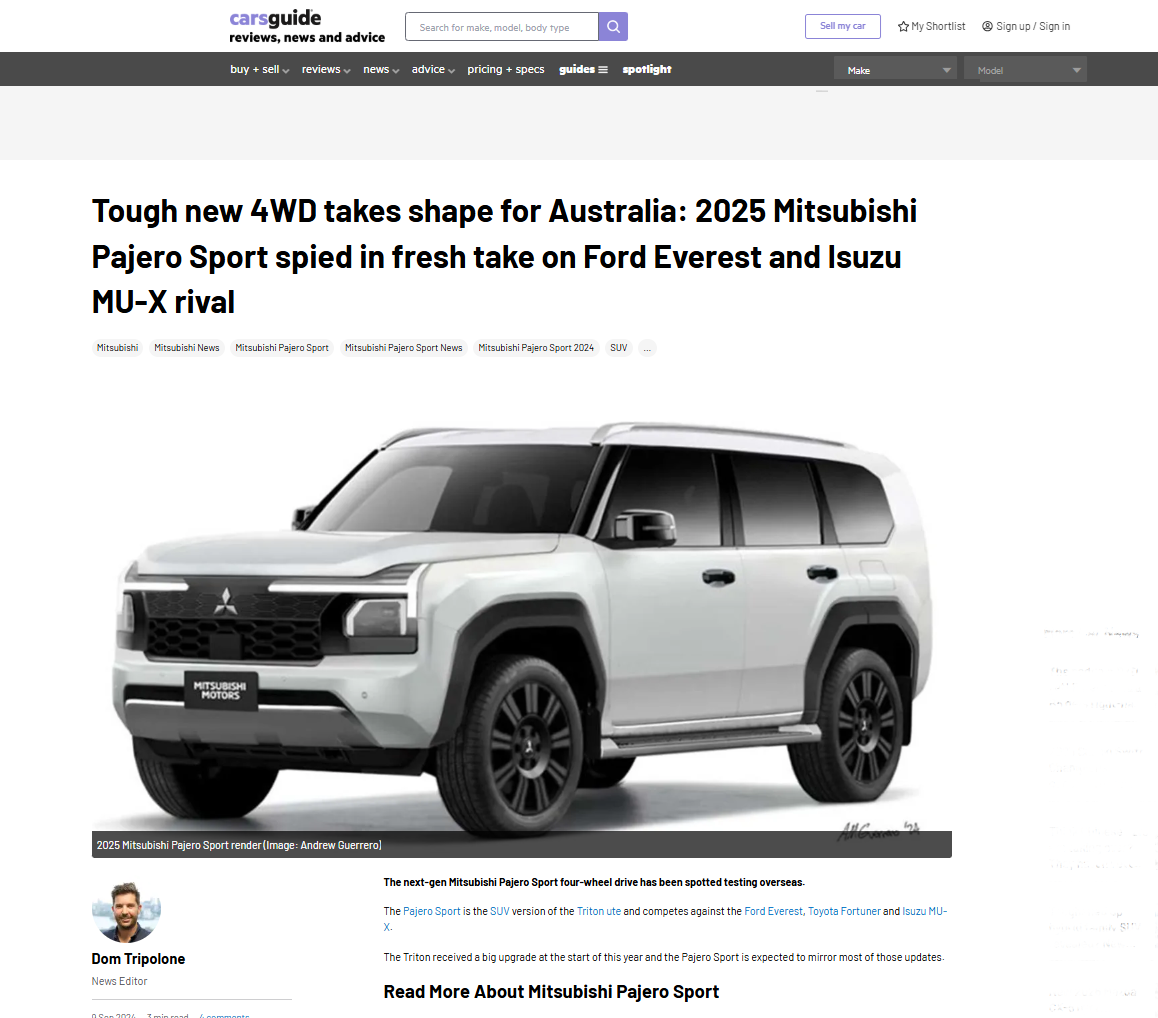
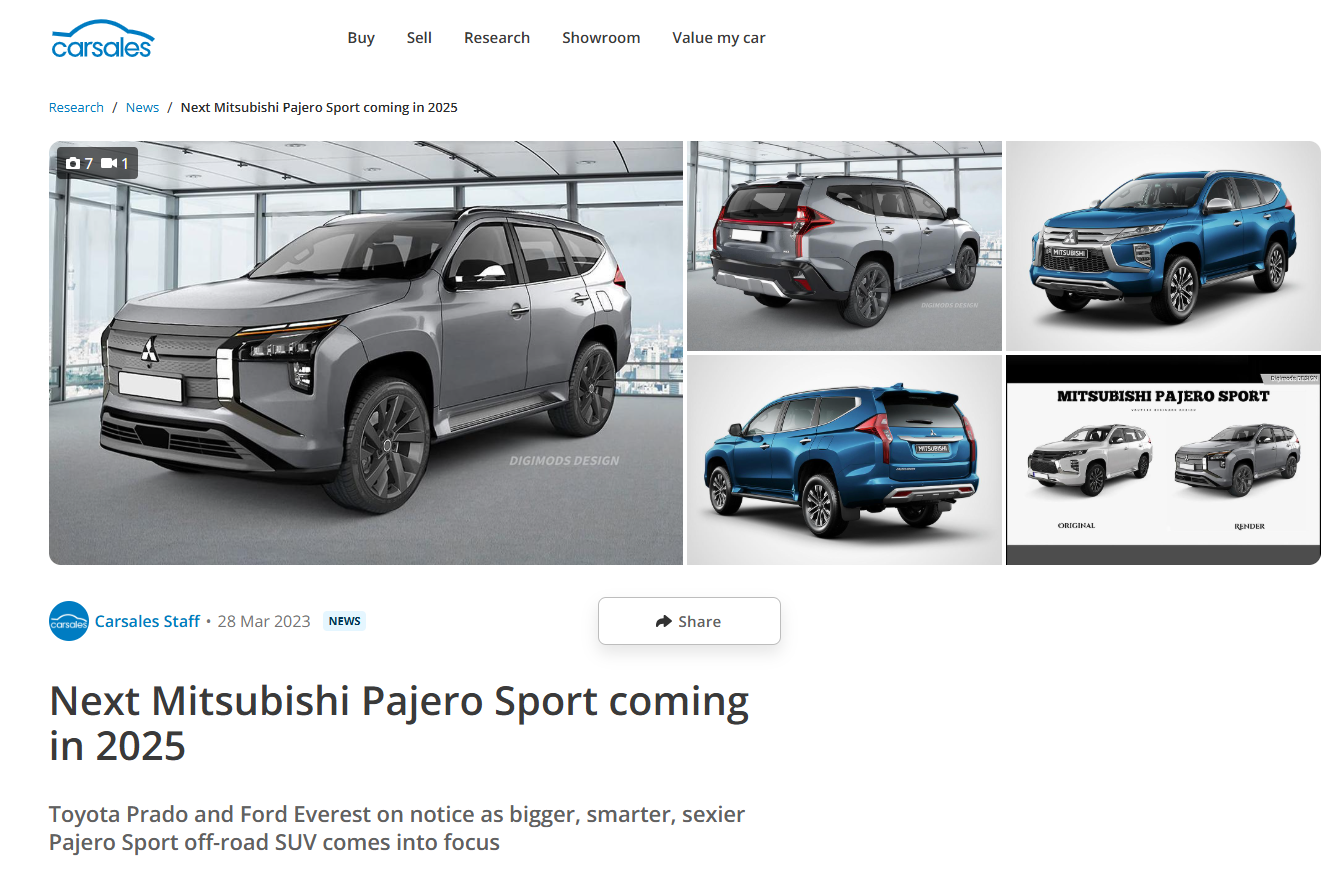

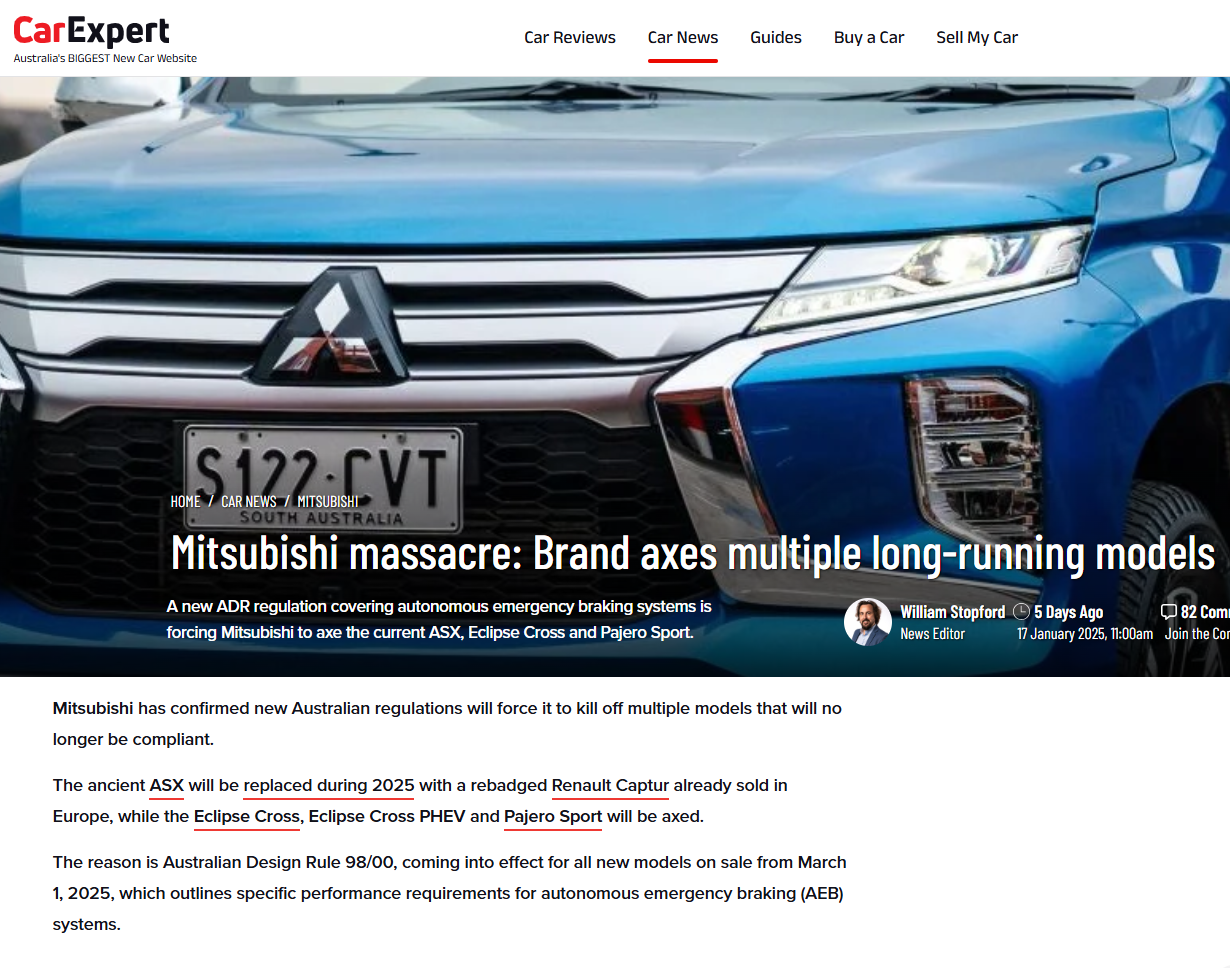

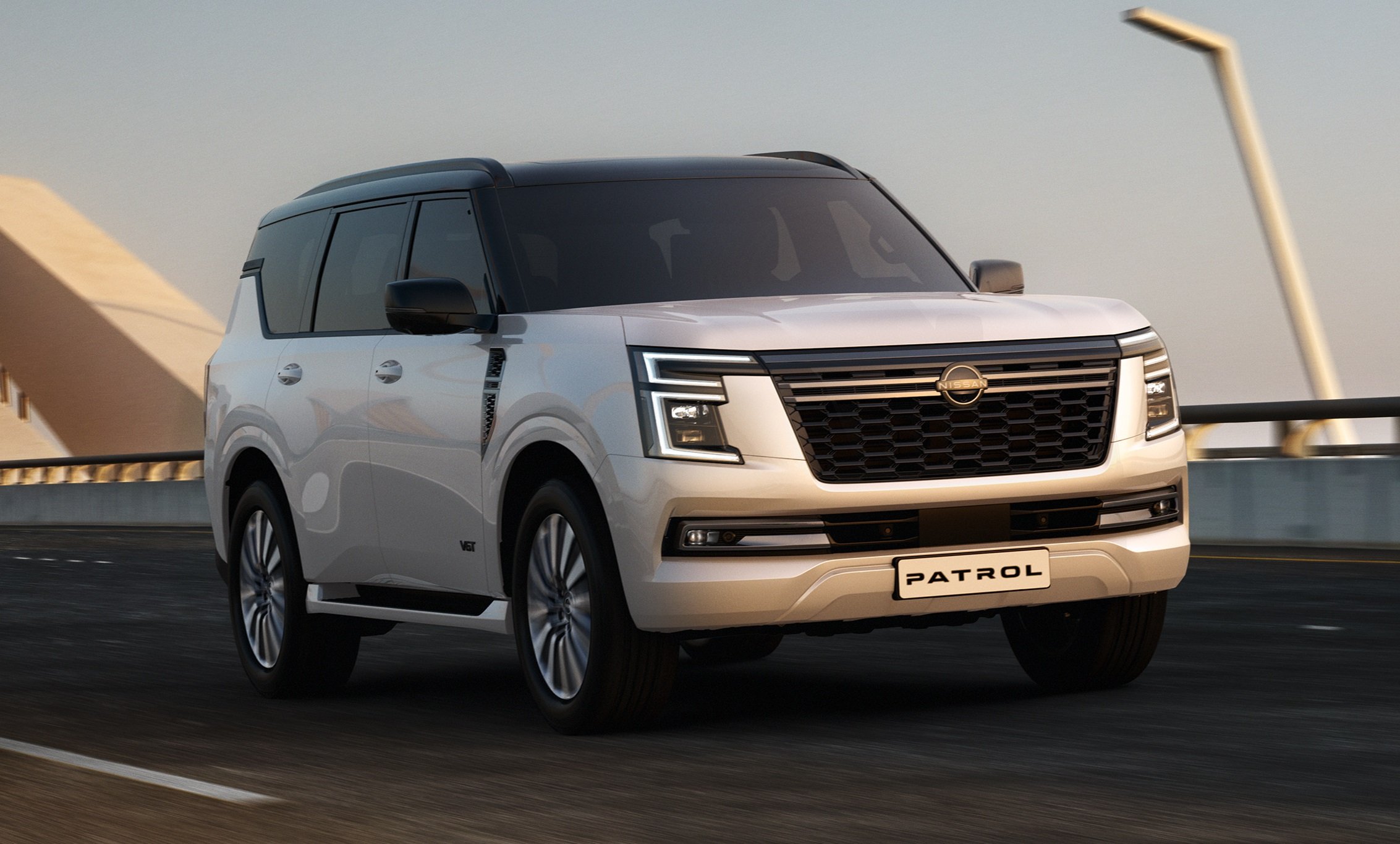
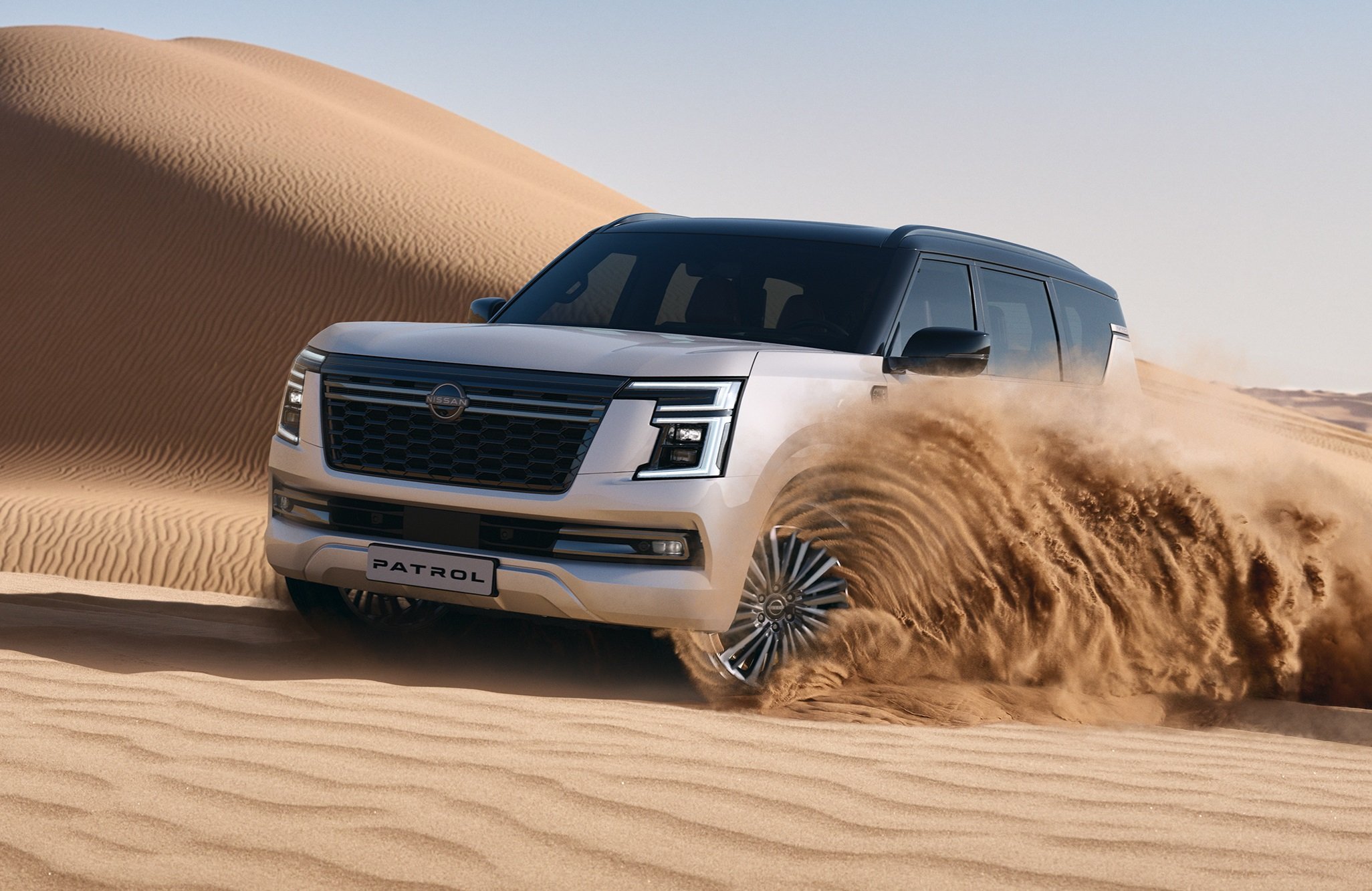
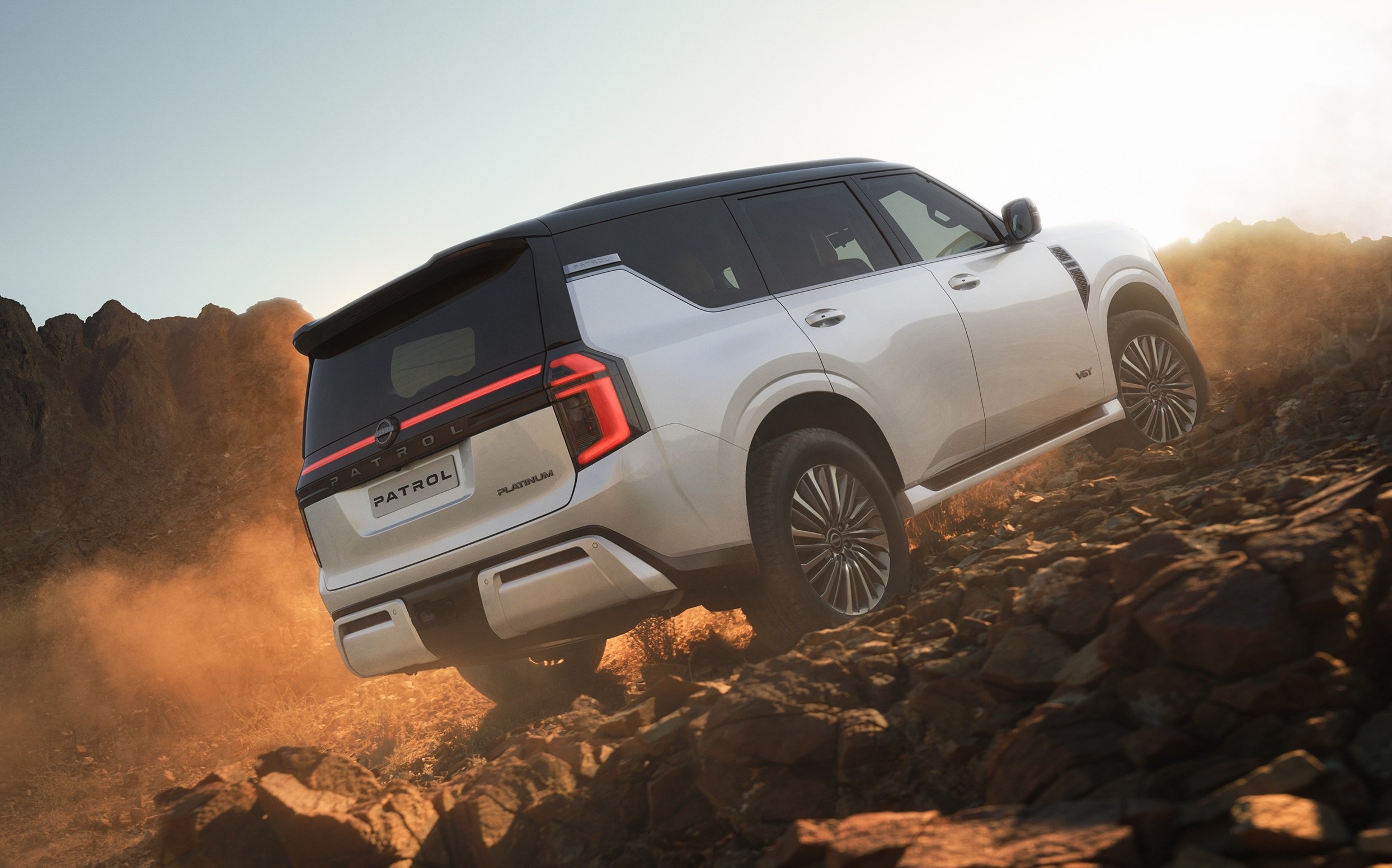
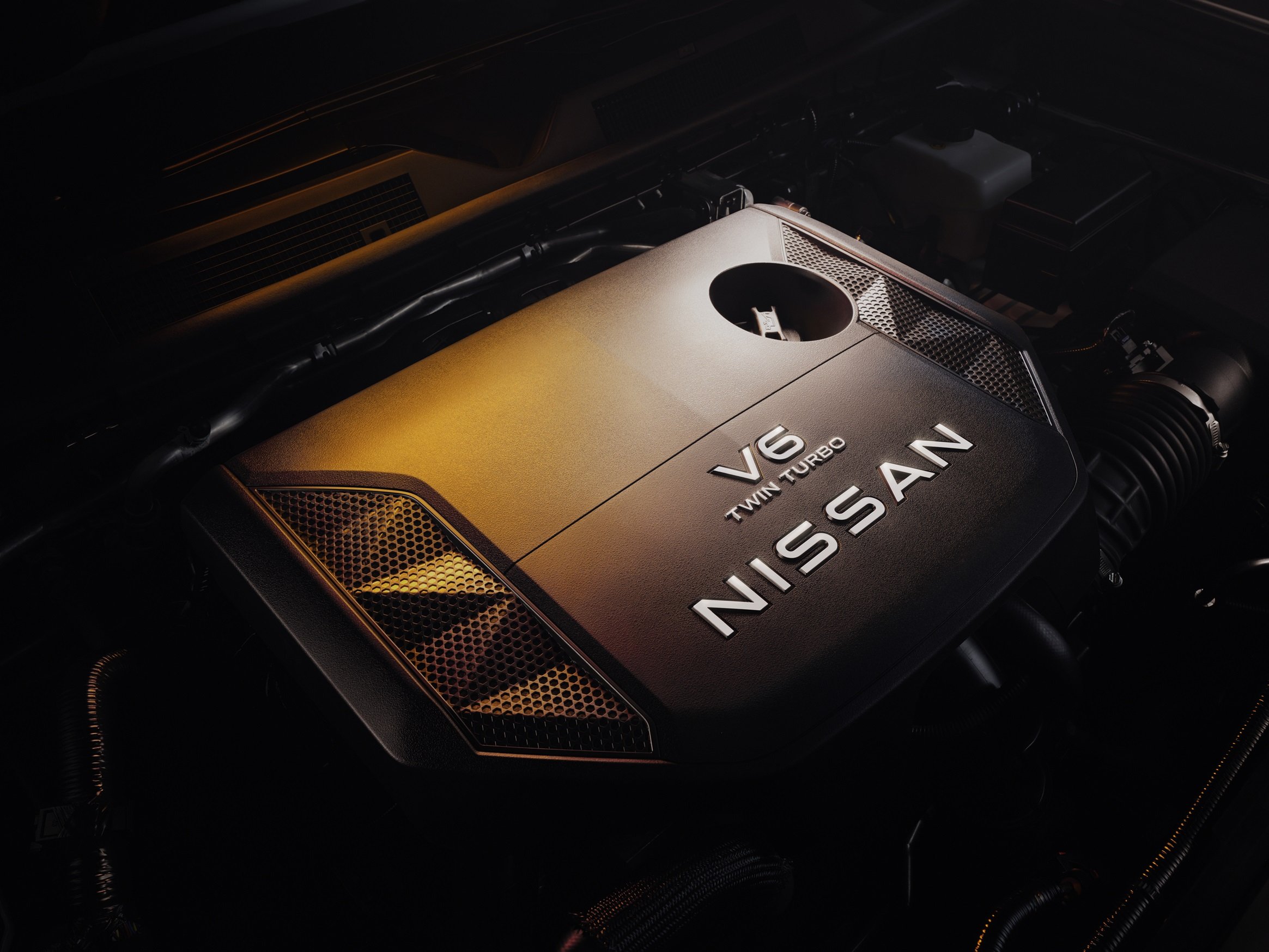



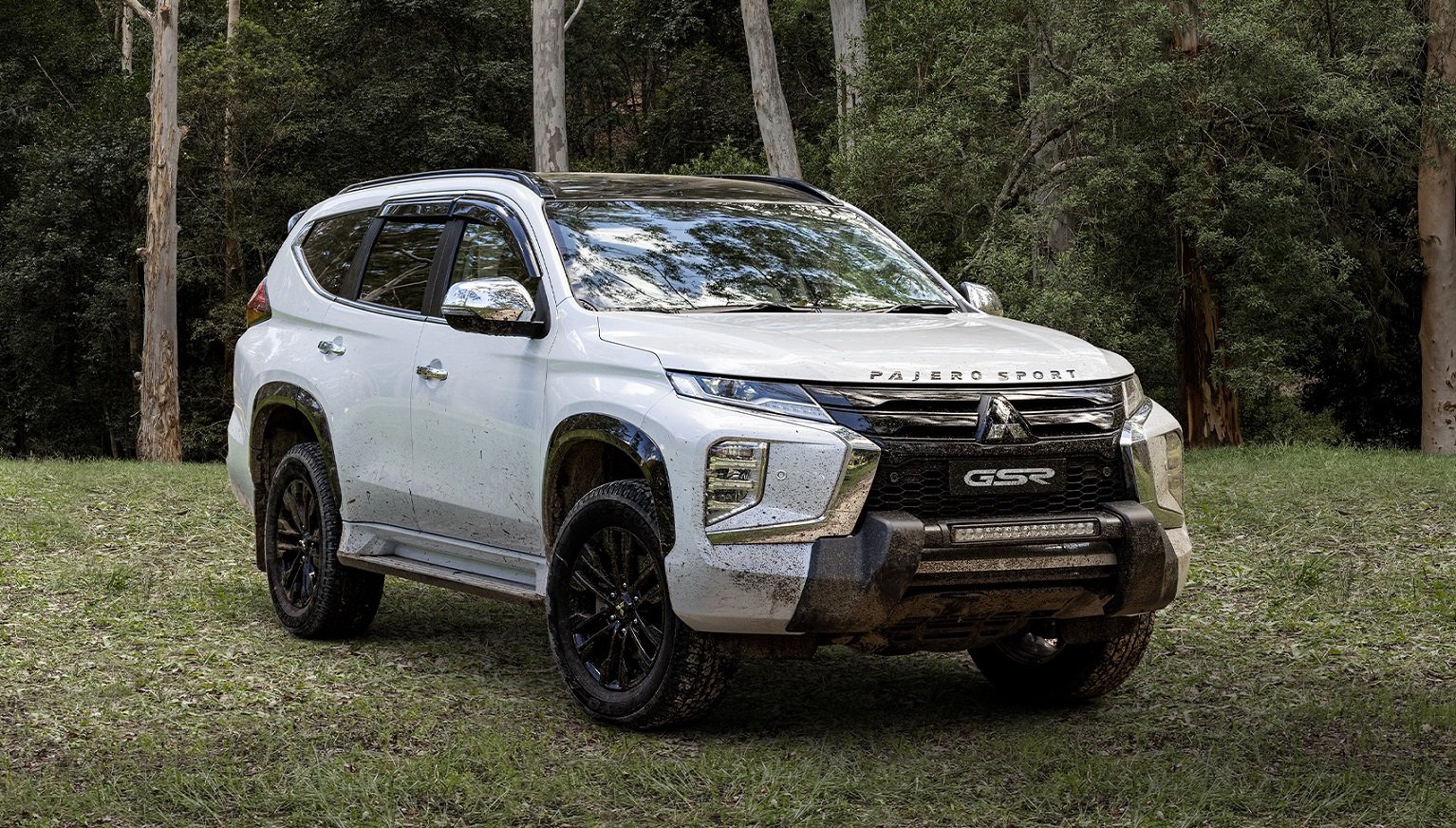

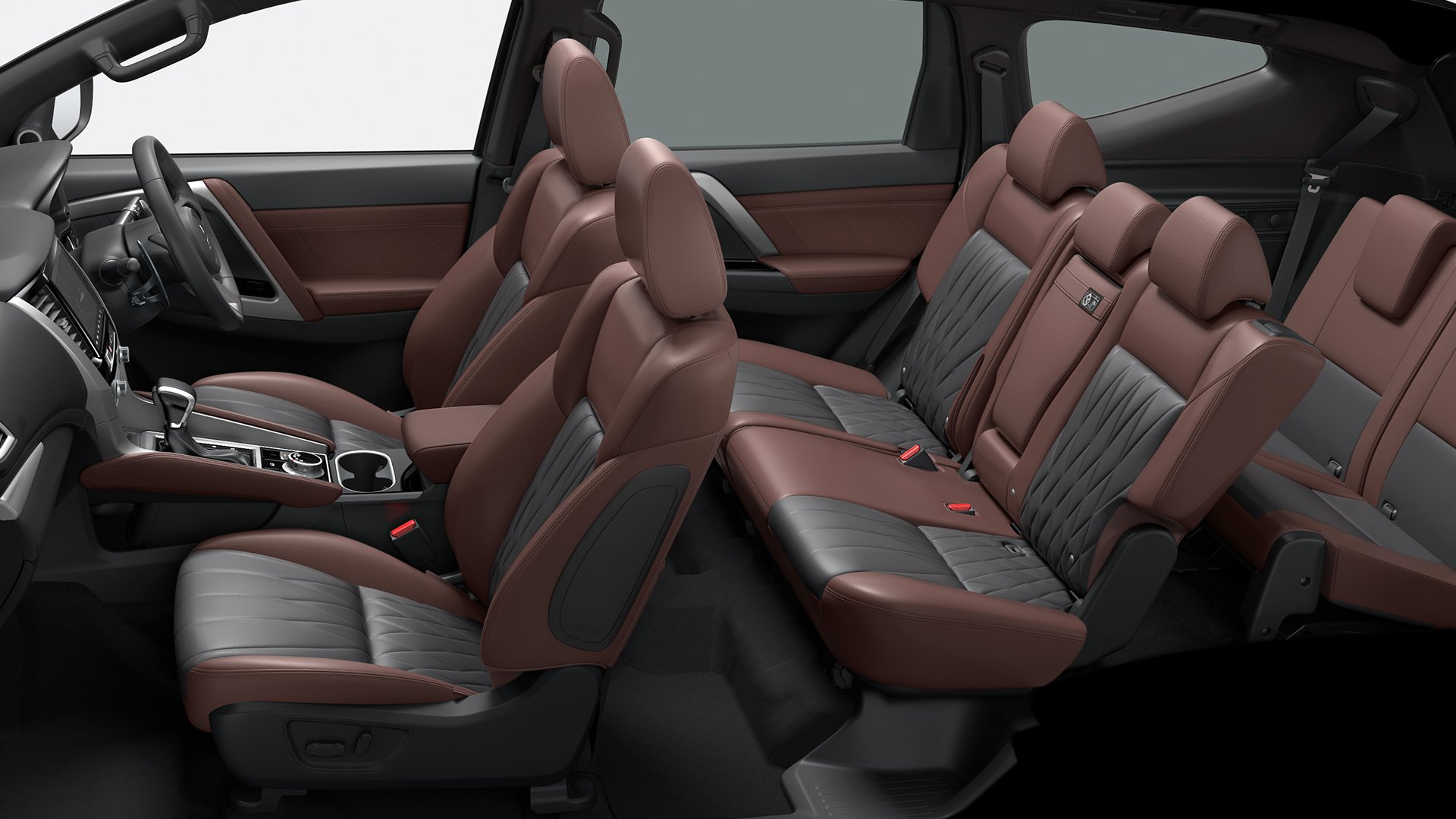
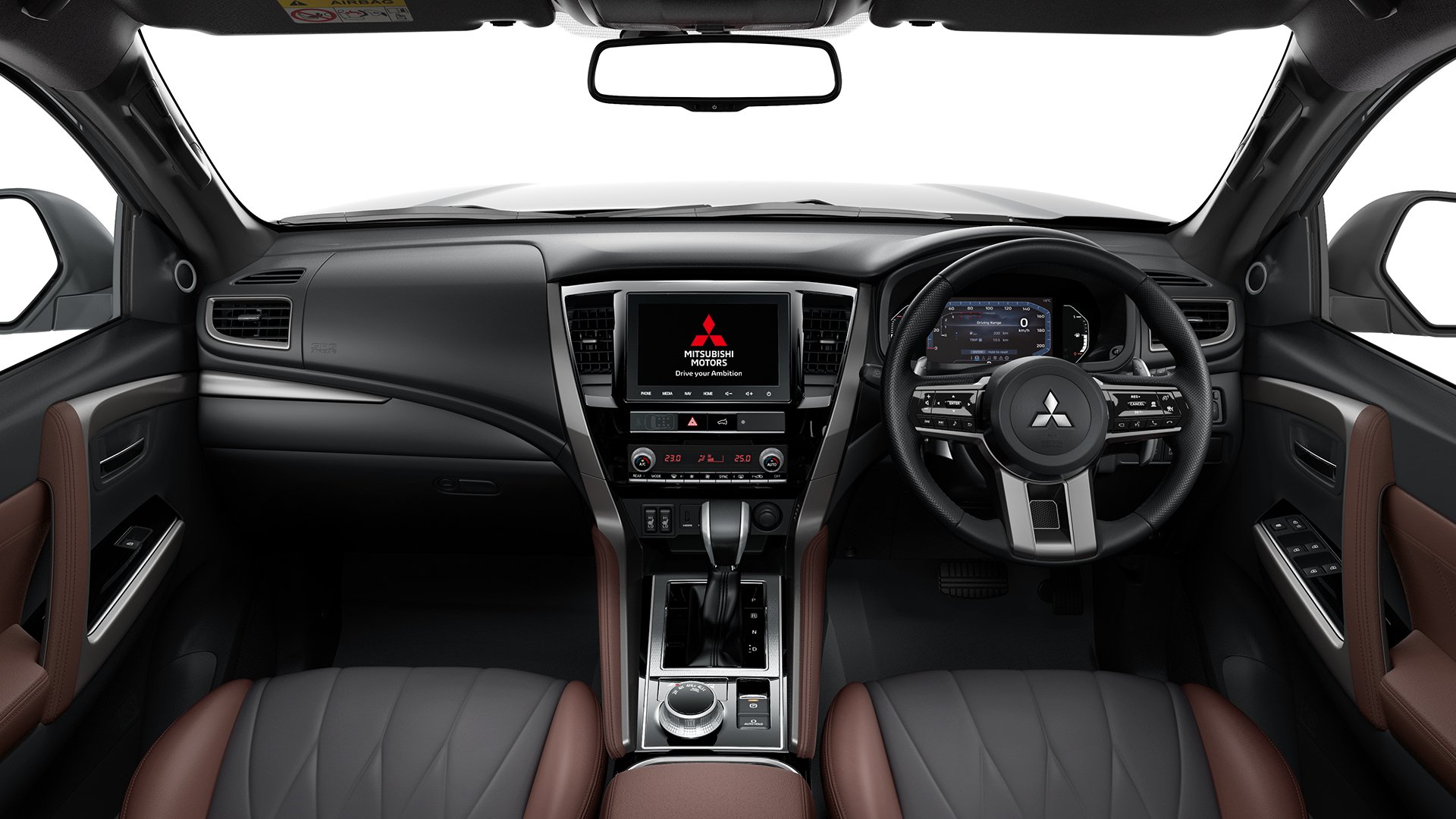

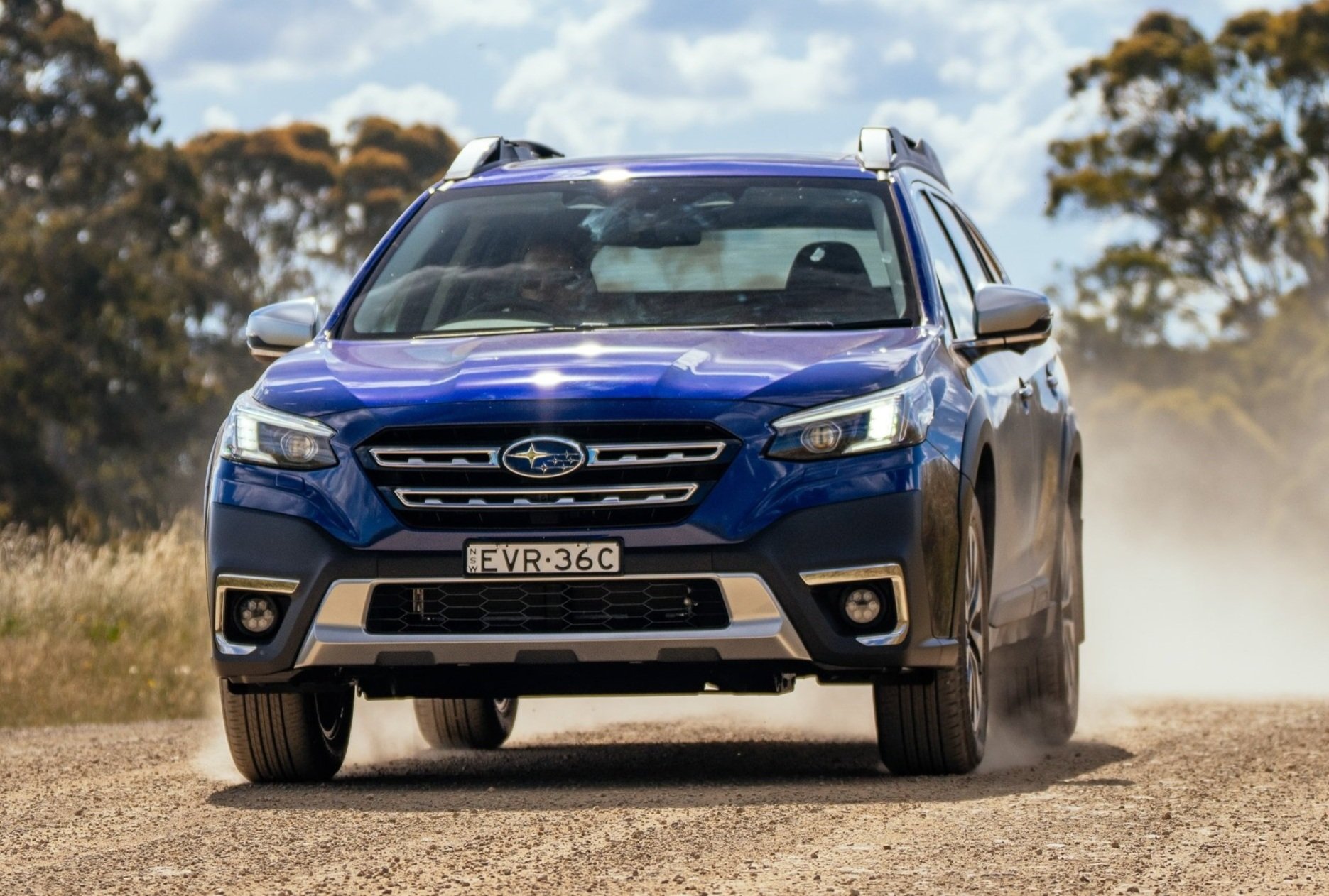




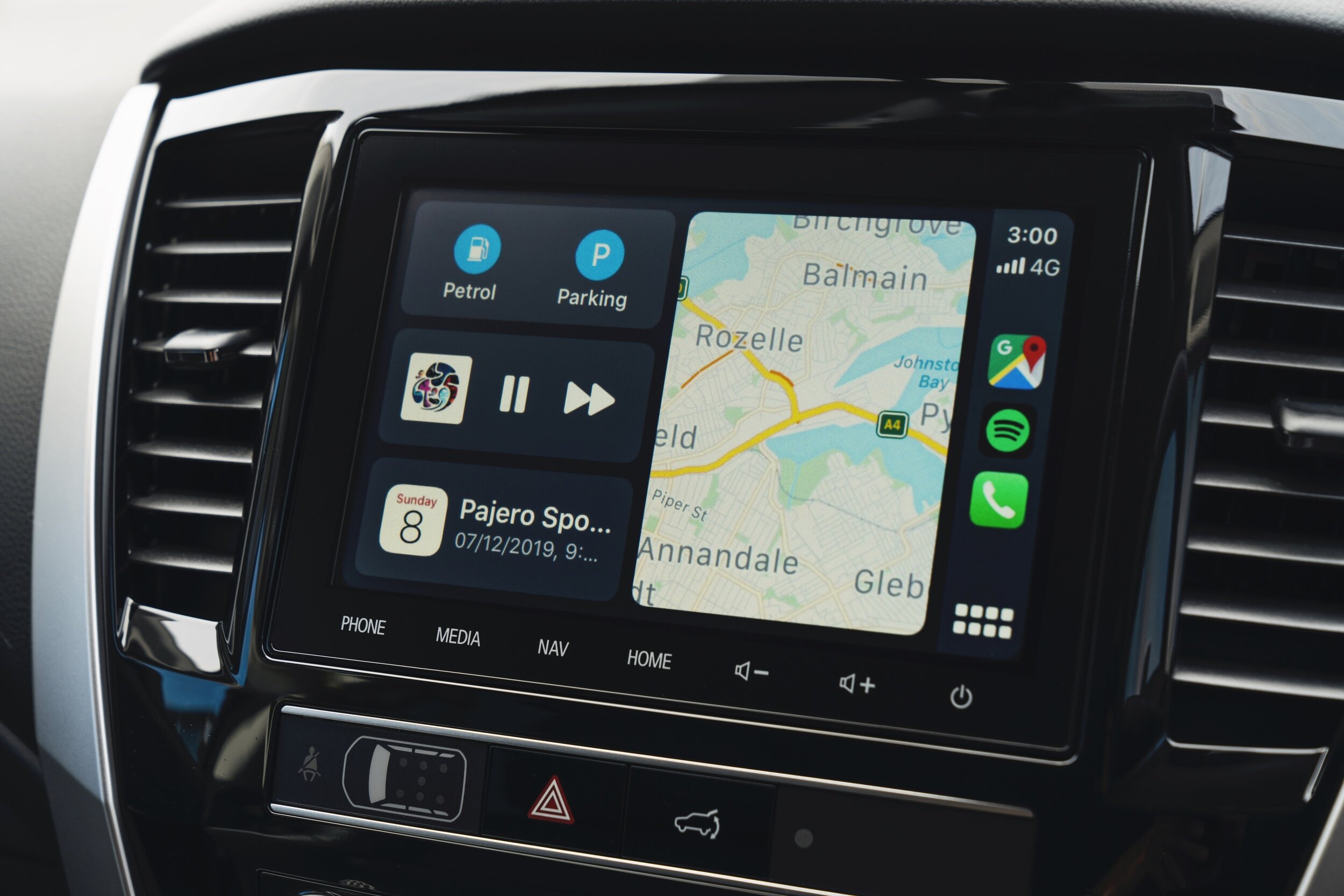
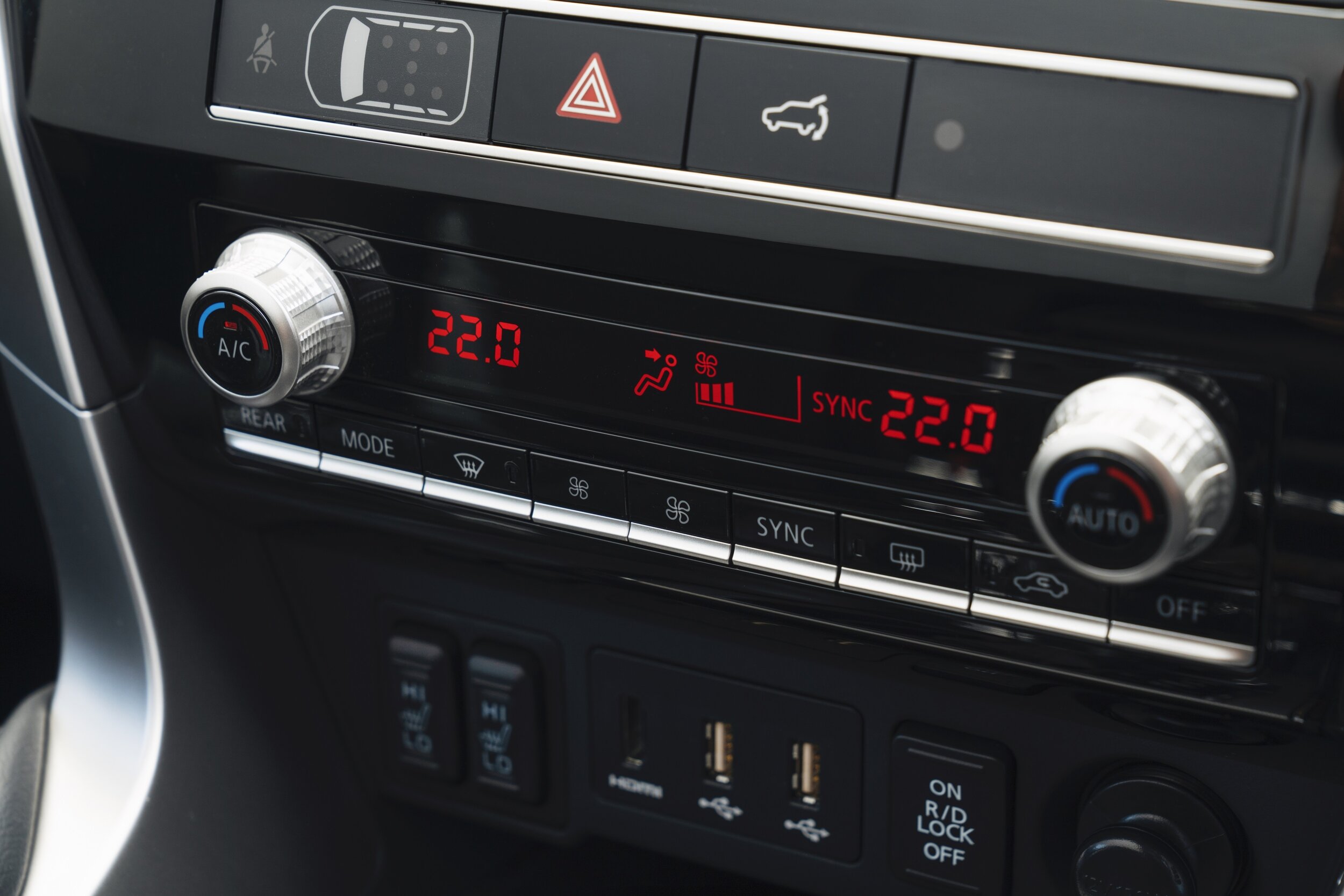
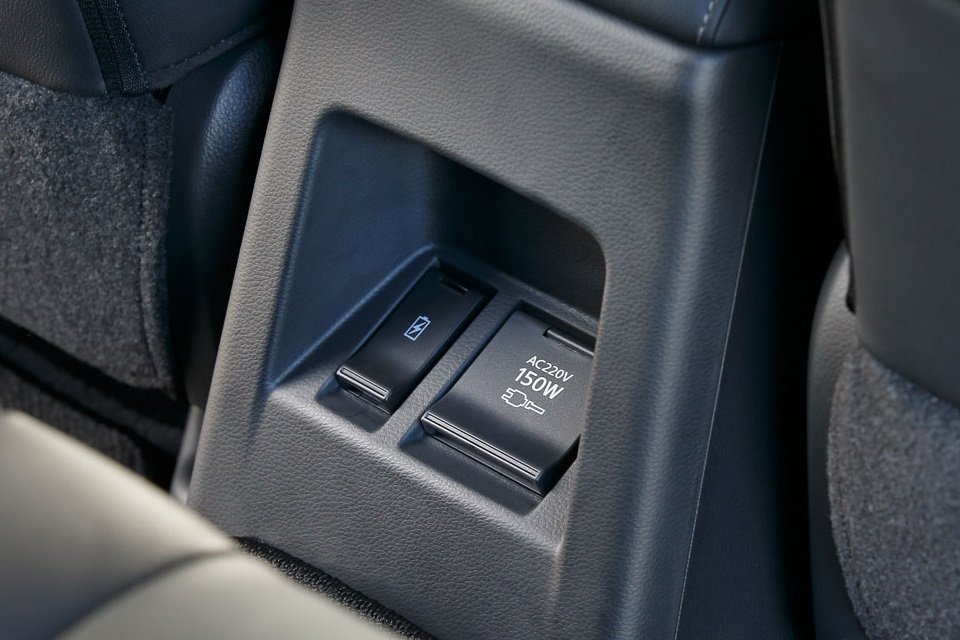





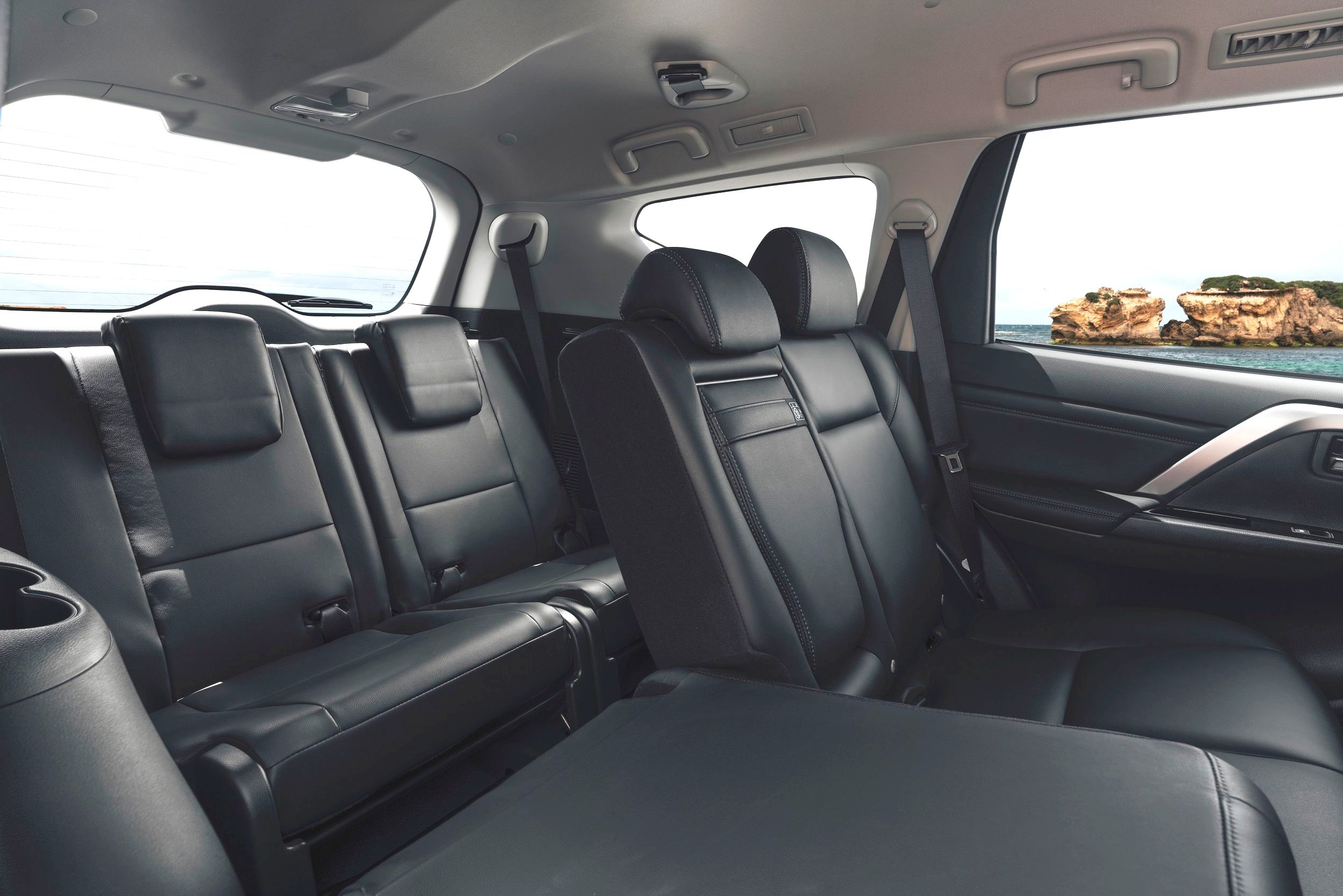



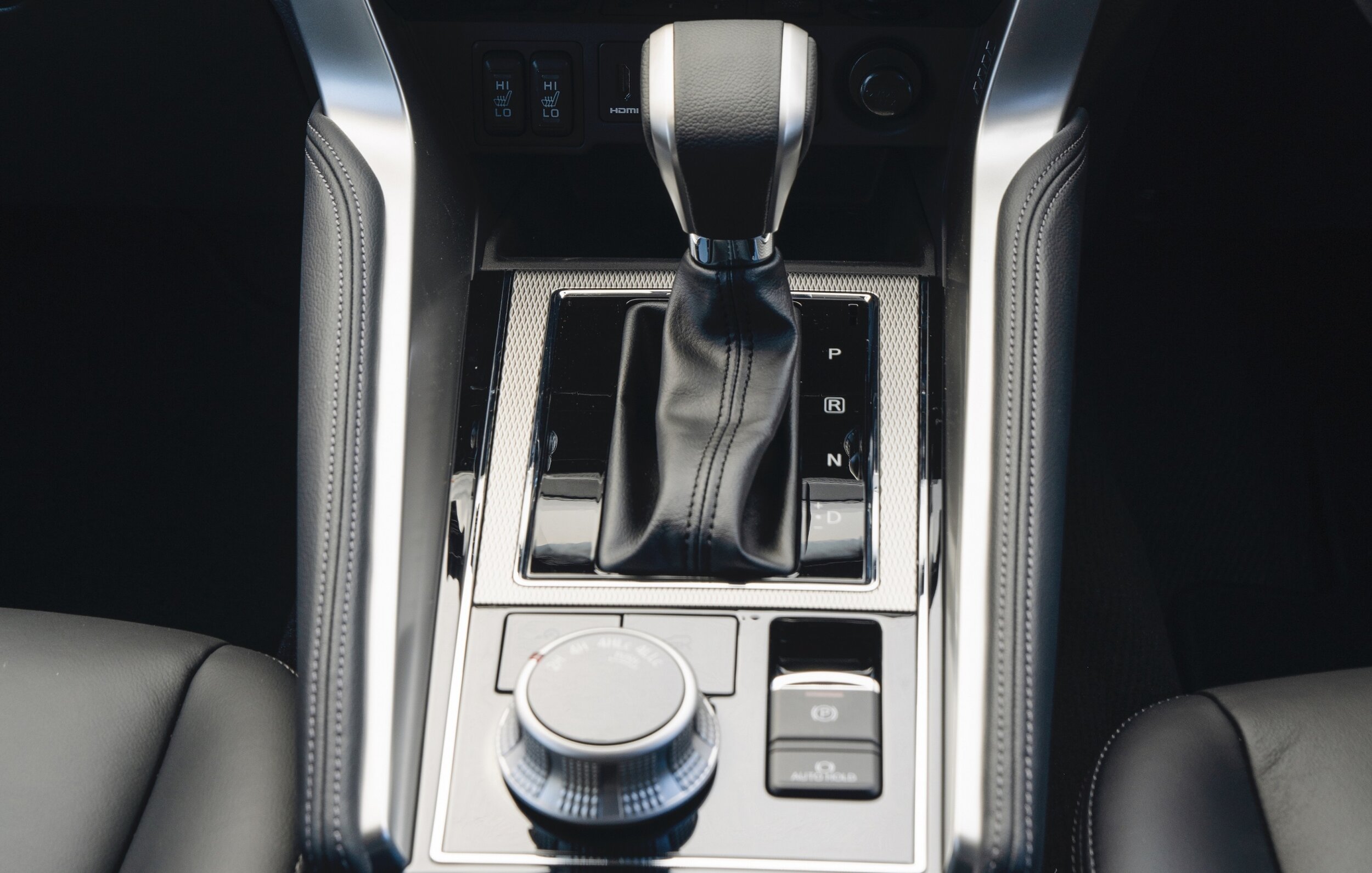
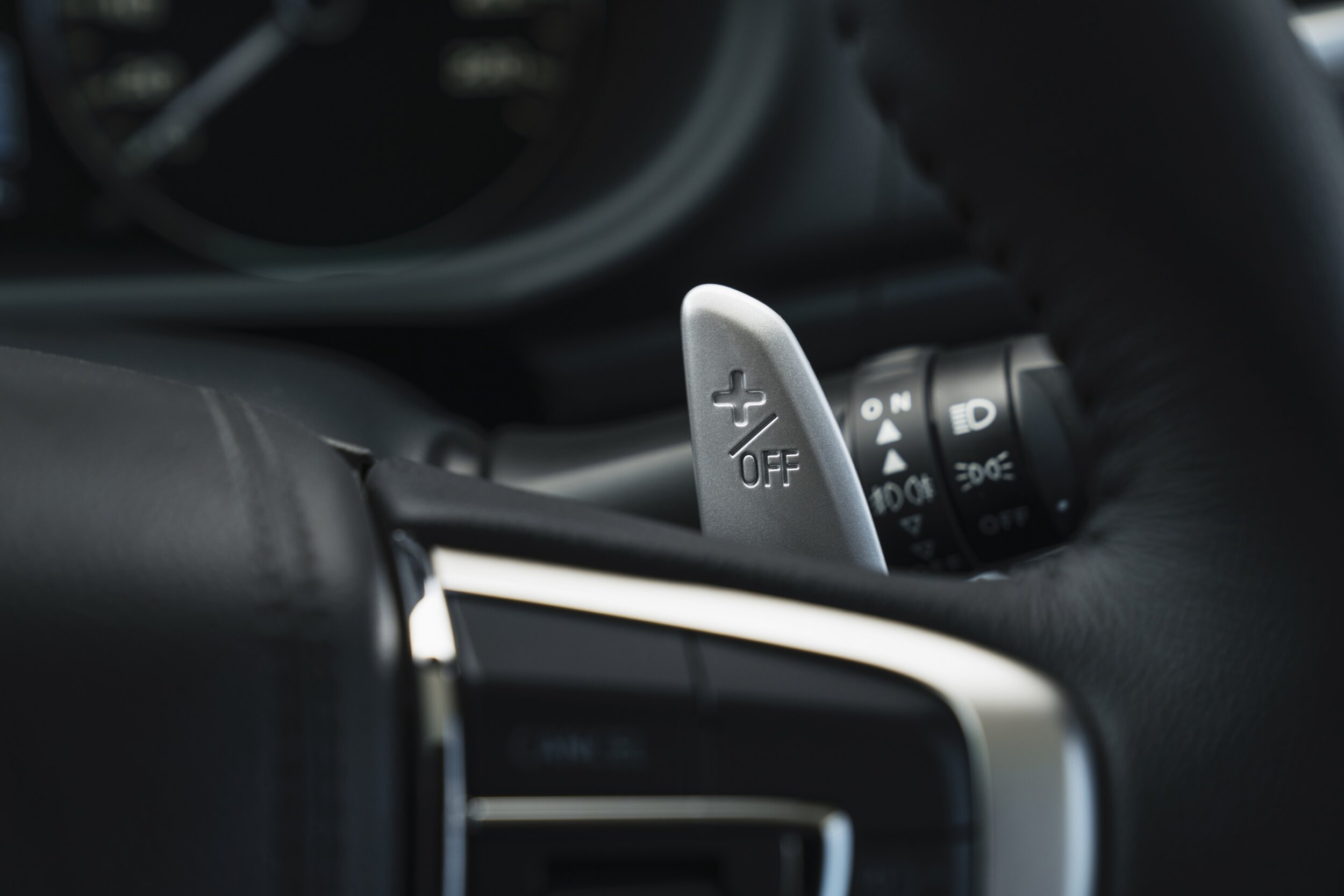



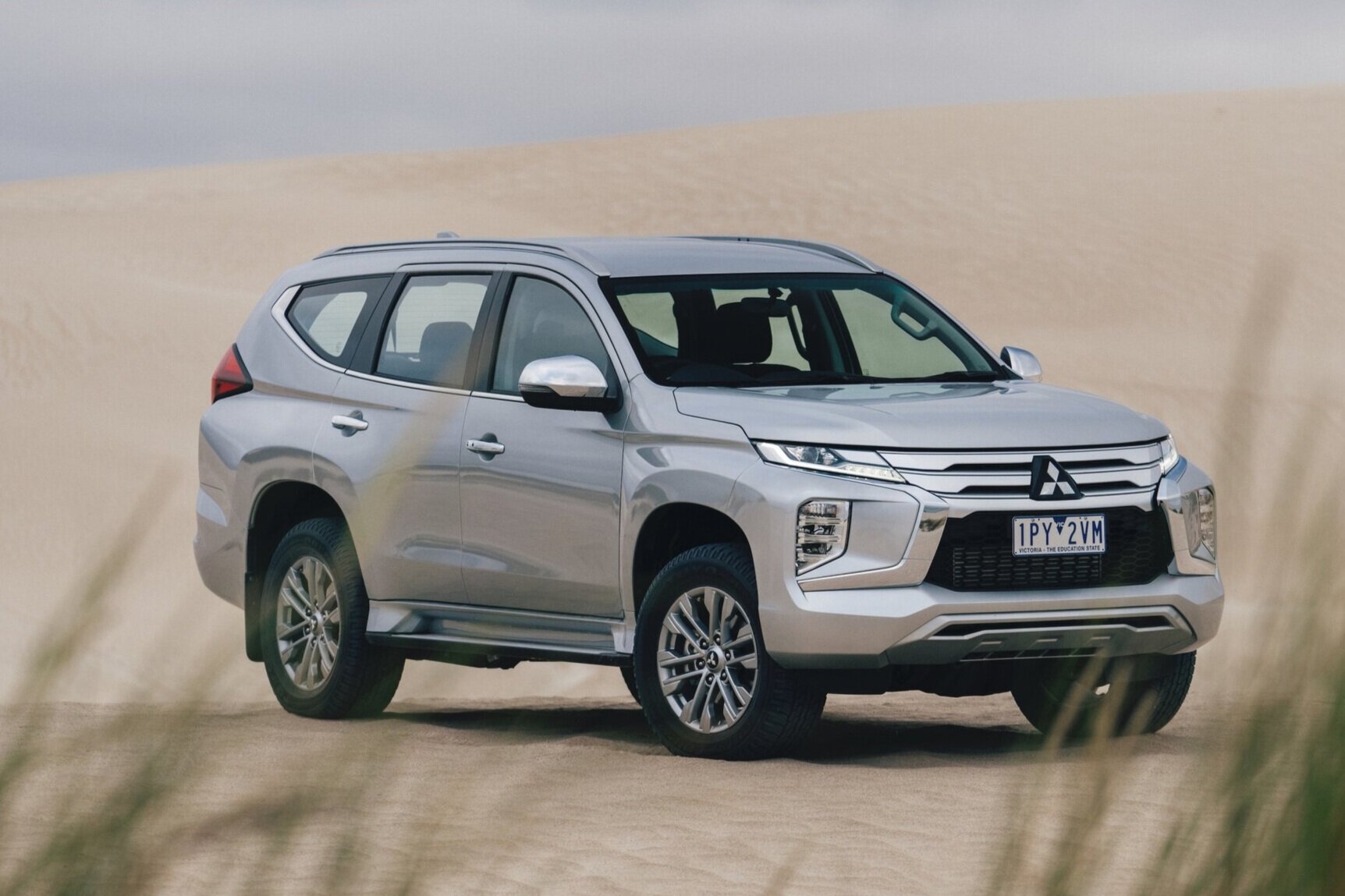
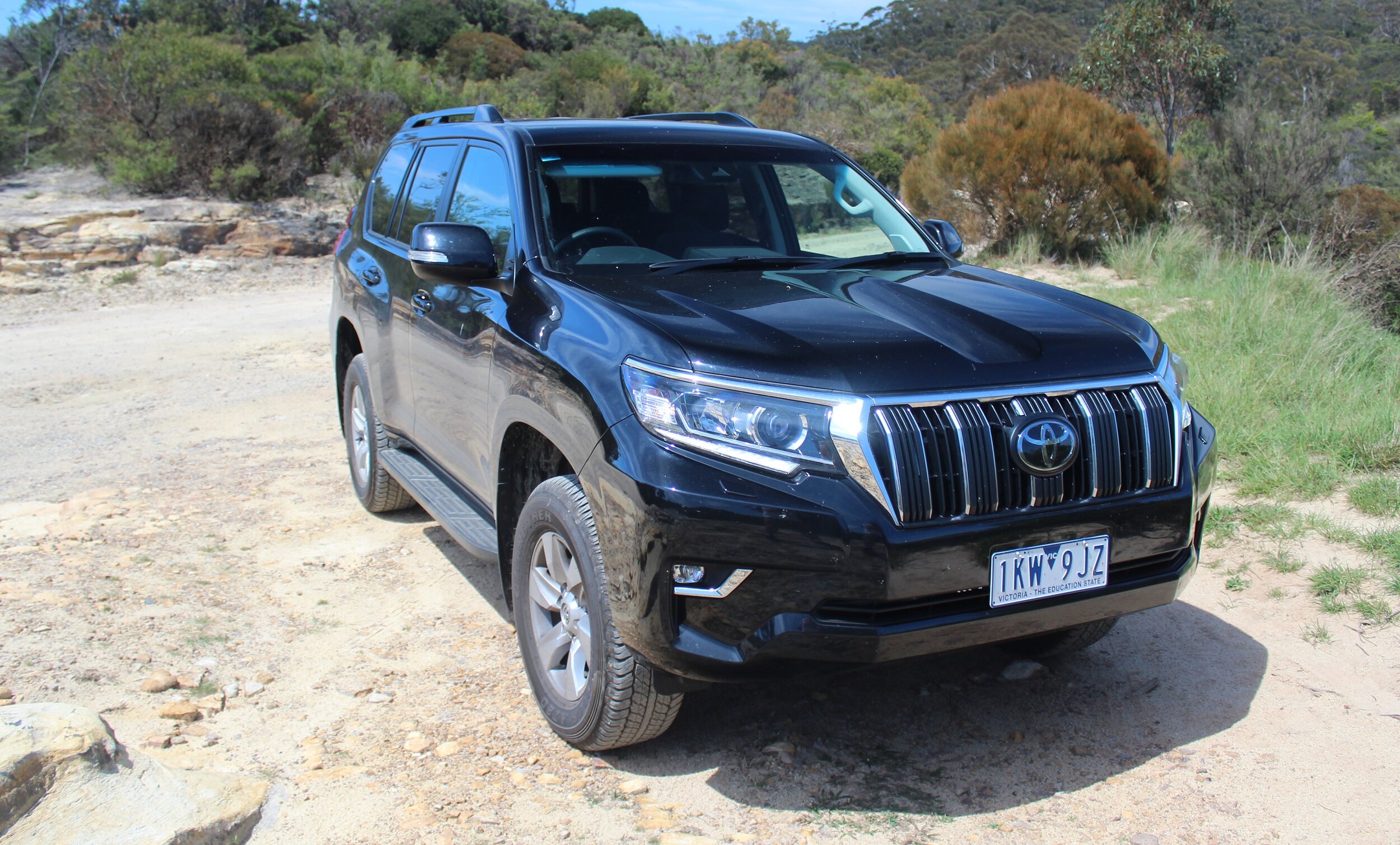








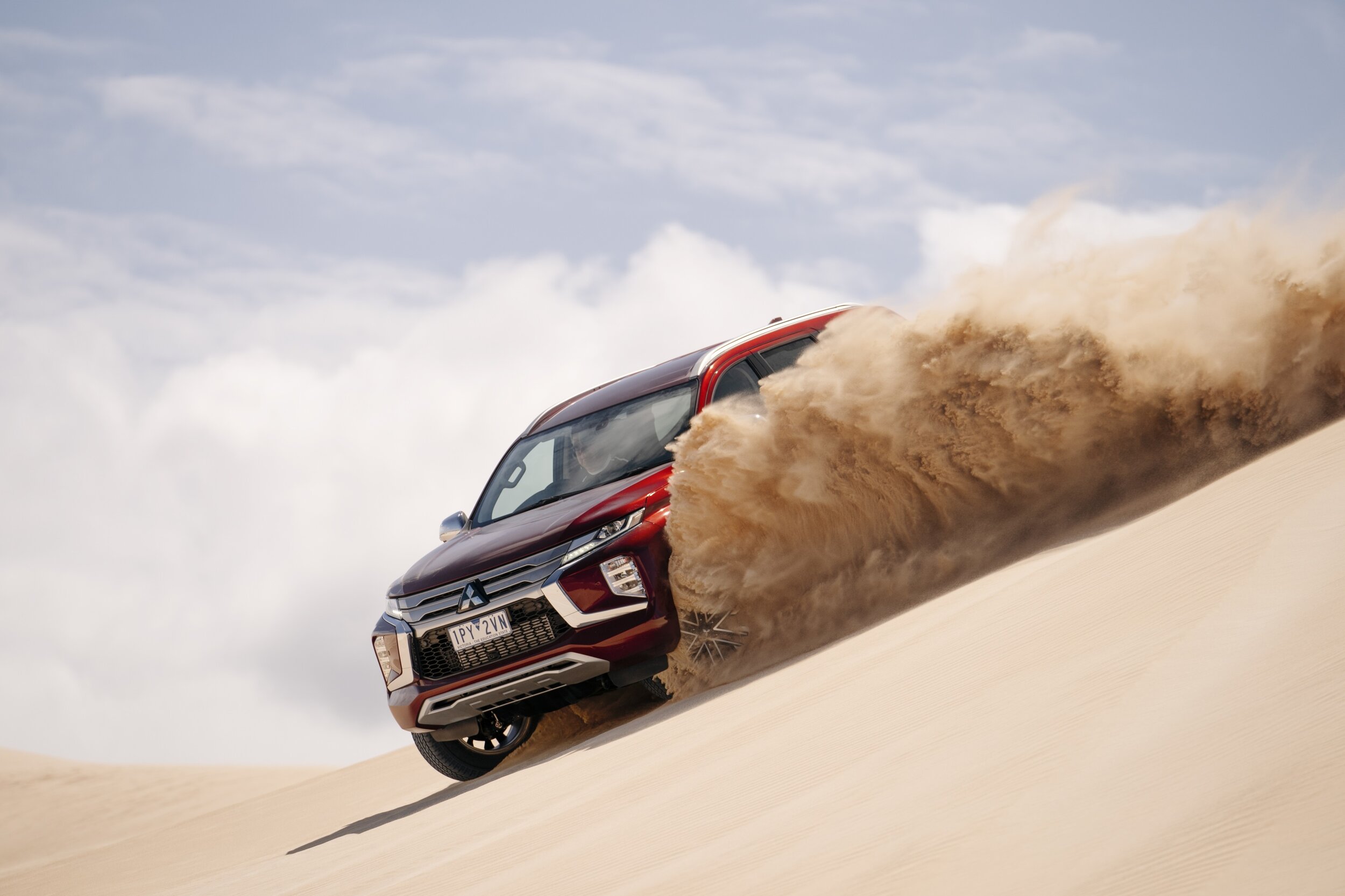









The Hyundai Palisade is a big, bold and comfortable holiday machine for growing families. Palisade offers excellent value, generous 8-seat SUV space, and practicality on par with LandCruiser, but at a much more affordable price.